Breathing In & Staying Out of the Sun,
Oranim - Art Institute Gallery, Tivon, 2022
Arabic and Hebrew text by Orit Bulgaru in exhbition catalog

Mildly, 2022, 74x70x5 // Plaster
Blanket, 2020, 110x150 / a tree on Yom Kippor with Light, 2021, 40x60 // Archival inkjet prints

Curtain in storage, 2021, 30x40 / mildew at summer's end, 2021, 30x40
// Archival inkjet prints

Shelf, 2021-2022 14x10x9, Mixed media

Installation view

When the Moon is Full One Can See, 2022, 35x39x5

Balanced Stones, 2020, 60x40, Archival inkjet print

Anemone on shelf, 2022, 20x5x7, plaster and wildflower

Installation View

Installation View
Installation photos by Daniel Hanoch
Kalanit (Anemone), 6:52
Installation view at Oranim Gallery and the work
Editor: Haviv Kaptzon
Photographers: Yuval Alon & Yael Meiry
Doing Right by You,
Haifa Museum of Art, 2020
The exhibition is based on Meiry's artist'sbook, Doing Right by You, published in 2018. Thebook is based on an archive containing about 150
photographs, in which the artist photographedthemself, the people close to them, and the spacesaround them. As in other projects, Meiry uses lowtechtechnologies alongside digital media.
Following the book, the photographs in this exhibitionpresent a violent, disturbing connection between Israeli spaces and queer bodies. The complex images are at one and the same time feminine and masculine. They reveal a deep fracture in the binary role division that accompanies the modern gaze,
which routinely labels, sorts, and categorizes. Culture scholar Sivan Rejuan Shtang notes that Meiry's photographs center on the relationship between the body, classified according to gender,
and territory that is classified as "national." According to Shtang, "The bodies appearing in Meiry's photographs are simultaneously vulnerable and bold."
The bodies that appear in Meiry's artistic territory can be considered using in the philosophical terms proposed by Gilles Deleuze and Félix Guattari.
Deleuze and Guattari posit that territory is always corporeal, and that the body is always territorial.
Following the book, the photographs in this exhibitionpresent a violent, disturbing connection between Israeli spaces and queer bodies. The complex images are at one and the same time feminine and masculine. They reveal a deep fracture in the binary role division that accompanies the modern gaze,
which routinely labels, sorts, and categorizes. Culture scholar Sivan Rejuan Shtang notes that Meiry's photographs center on the relationship between the body, classified according to gender,
and territory that is classified as "national." According to Shtang, "The bodies appearing in Meiry's photographs are simultaneously vulnerable and bold."
The bodies that appear in Meiry's artistic territory can be considered using in the philosophical terms proposed by Gilles Deleuze and Félix Guattari.
Deleuze and Guattari posit that territory is always corporeal, and that the body is always territorial.
In this context they coined the term "geo-body." For them, the "body" is perpetually in a process of becoming – as a concept, image, or role. In this sense, Meiry creates bodily territories or territorial bodies that reorganize relations between the images, roles, and concepts of sexuality, gender, and Zionism.
In Meiry's works, bodies "become queer." Heteronormative hysical appearance becomes fluid and s not subject to essentialist and incontrovertible oncepts.
Meiry creates an intense, courageous
body of works that grants visibility to the local queer-feminist community. This act necessarily situates them on the margins of the Israeli sociopolitical rena. The forms appearing in the works eflect a position that calls for the dismantling f the powerful Zionist regime of visibility in the thnocratic State of Israel. In the twenty-first entury, this state is still based on a binary and ierarchical gender role division, which Meiry seeks to question.
Meiry creates an intense, courageous
body of works that grants visibility to the local queer-feminist community. This act necessarily situates them on the margins of the Israeli sociopolitical rena. The forms appearing in the works eflect a position that calls for the dismantling f the powerful Zionist regime of visibility in the thnocratic State of Israel. In the twenty-first entury, this state is still based on a binary and ierarchical gender role division, which Meiry seeks to question.
Svetlana Reingold

Yossi, 2014, 60x45 / Andi and Herzl, 2017, 150x200
Flower Necklace, 2014, 40x30 / Rash, 2014, 40x30
Orchid, 2009, 40x30
// Archival inkjet and ChromaLuxe prints
 Pillows, 2014, 50x60 / Ein Ovdat, 2017, 150x200
Pillows, 2014, 50x60 / Ein Ovdat, 2017, 150x200see previous / Cherry Blossom, 2010, 60x45
Aloe Vera in Hukok, 2016, 53x40 / Pendant #3, 2016, 30x40
// Archival inkjet and ChromaLuxe prints
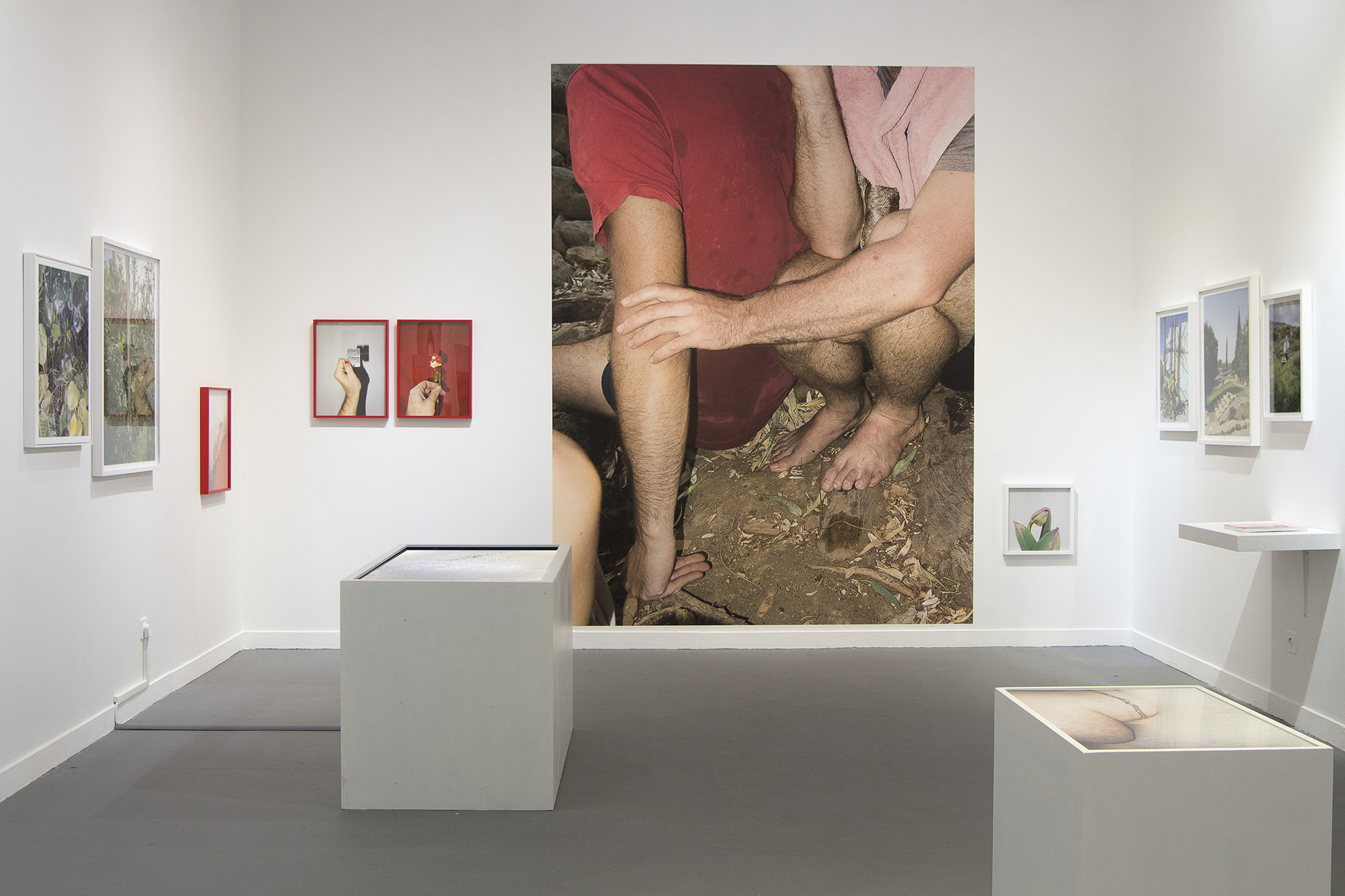
Central wall: Dog Tag, 2014, 37.5x50 / Pomegranate, 2017, 37.5x50
Guli and Or, 2017, 225x300 / Tulip (Emerging Bud), 2016, 35x35
// Archival inkjet prints
 Dog Tag, 2014, 37.5x50 / Pomegranate, 2017, 37.5x50
Dog Tag, 2014, 37.5x50 / Pomegranate, 2017, 37.5x50// Archival inkjet prints
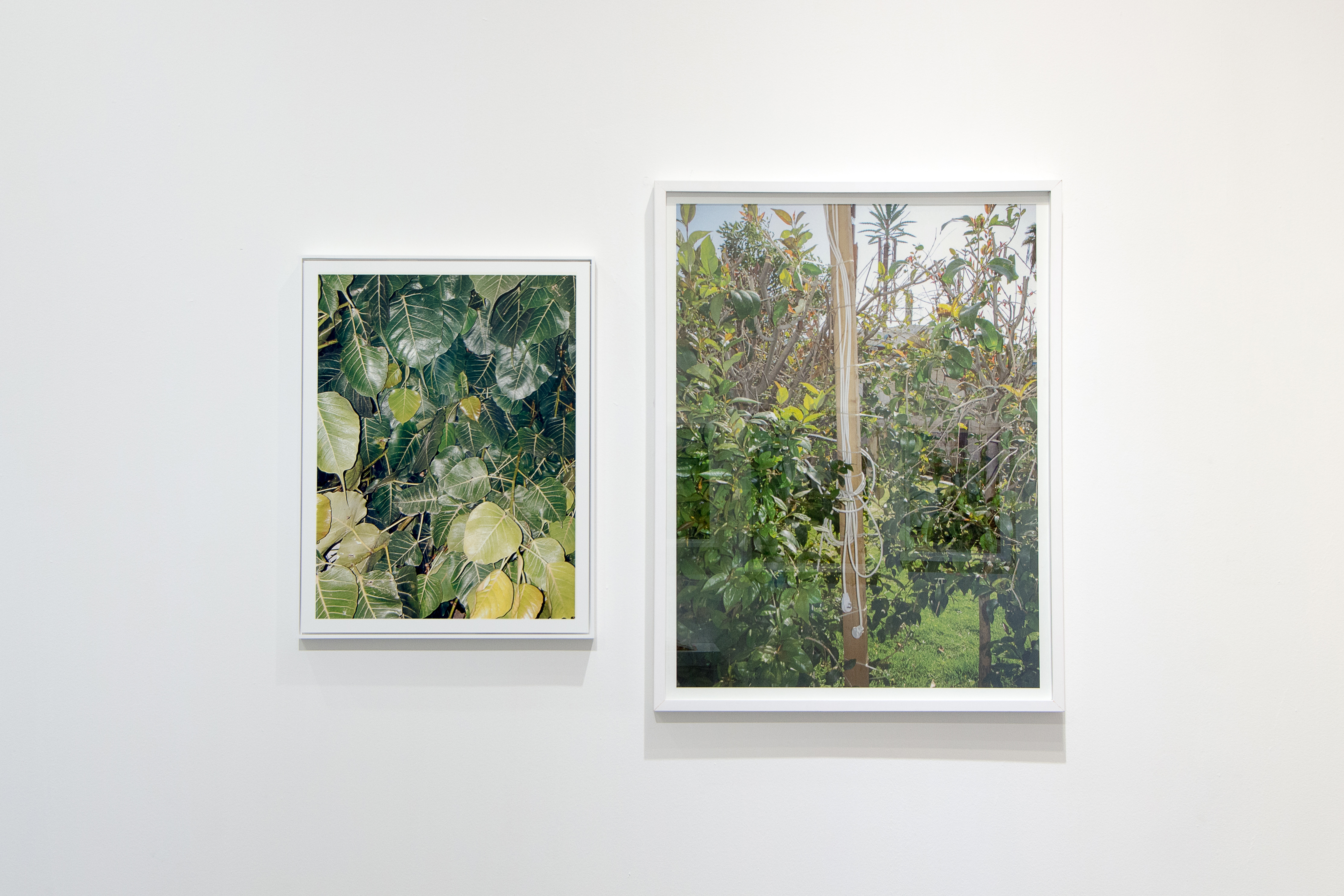 Sacred Fig, 45x60, 2016/ Outside the Cave of the
Patriarchs, 70x90, 2014
Sacred Fig, 45x60, 2016/ Outside the Cave of the
Patriarchs, 70x90, 2014// Archival inkjet prints
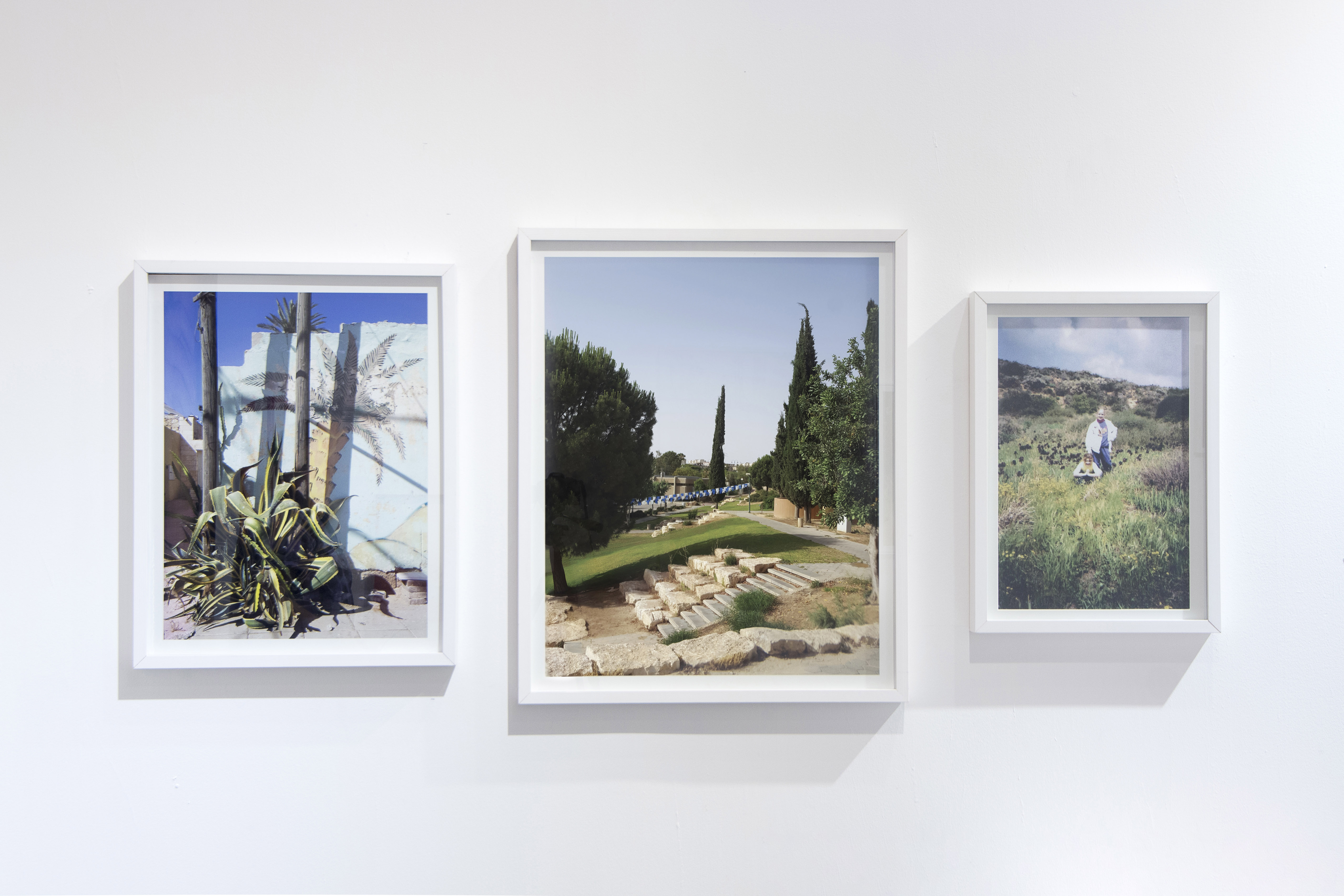
Agave, 2016, 45x50 / Getting Ready for Independence, 2016, 57x70
Irises (with My Sister), 1990, 35x50
// Archival inkjet prints
Rightgendered,
Gallery 4, Tel Aviv, 2017
״‘How do you react when you are misgendered?’ they ask.
I wonder how
I would react if I were ever rightgendered.״
(Tanya Rubinstein)
The first
solo exhibition of works by Yael Meiry addresses the experience of physical and
gendered cohesion with photographs of bodies and plants. Meiry tests the
connection between the queer bodily experience, with which they exists in the
world, and plants that grow in the urban expanse.
The works, and their mode of display, seek to create a zone that is open to the possibility of presenting the self and its approach to gender by touching on terms such as nature and naturalness.
The photographic medium, and use of strong flash lights and violent frame cuts, highlights the battle between the growing thing and its living environment: the fence that confines it, the earth that limits its spread, and the artificial light, which unlike natural light does not usually nourish the plant sufficiently.
A booklet, also titled Rightgendered was published prior to the exhibition, at the beginning of 2017. It brings works from the past two years that center of bodily experiences and feelings of gender incongruence.
The works, and their mode of display, seek to create a zone that is open to the possibility of presenting the self and its approach to gender by touching on terms such as nature and naturalness.
The photographic medium, and use of strong flash lights and violent frame cuts, highlights the battle between the growing thing and its living environment: the fence that confines it, the earth that limits its spread, and the artificial light, which unlike natural light does not usually nourish the plant sufficiently.
A booklet, also titled Rightgendered was published prior to the exhibition, at the beginning of 2017. It brings works from the past two years that center of bodily experiences and feelings of gender incongruence.
The project
began as a study of the male body, by photographing friends with a particular
focus on their chests and hips. Along with those works are also portraits and
photographs of other body parts. Photographs of fruit and various plants are
incorporated among the other images. These were captured playfully in Meiry’s mobile studio – their outstretched arm – itself a
recurring motif in their works.
The photographs echo different styles, including fashion and documentary photography. The stylistic fusion enhances Meiry’s interest in cataloging, codifying and defining. Blowing up a number of photographs to large, unnatural scales serves to make viewers feel their own bodily presence in space.
The exhibition and Meiry’s photographs were created from a queer viewpoint and offer a self-presentation of an identity rarely represented in the Israeli art world.
The photographs echo different styles, including fashion and documentary photography. The stylistic fusion enhances Meiry’s interest in cataloging, codifying and defining. Blowing up a number of photographs to large, unnatural scales serves to make viewers feel their own bodily presence in space.
The exhibition and Meiry’s photographs were created from a queer viewpoint and offer a self-presentation of an identity rarely represented in the Israeli art world.
︎ Intimate and Public Simultaneously: Yael Meiry Tests Trans Identity, Shaul Setter, Haaretz
︎ Recommendation of the Week: Rightgendered, Lee Barbo, Erev Rav Magazine
︎ I Guess that’s How My Body Would Have Looked, Yuval Saar, Portfolio Magazine
︎ Yael Meiry, Rightgendered,Asylum Arts Magazine
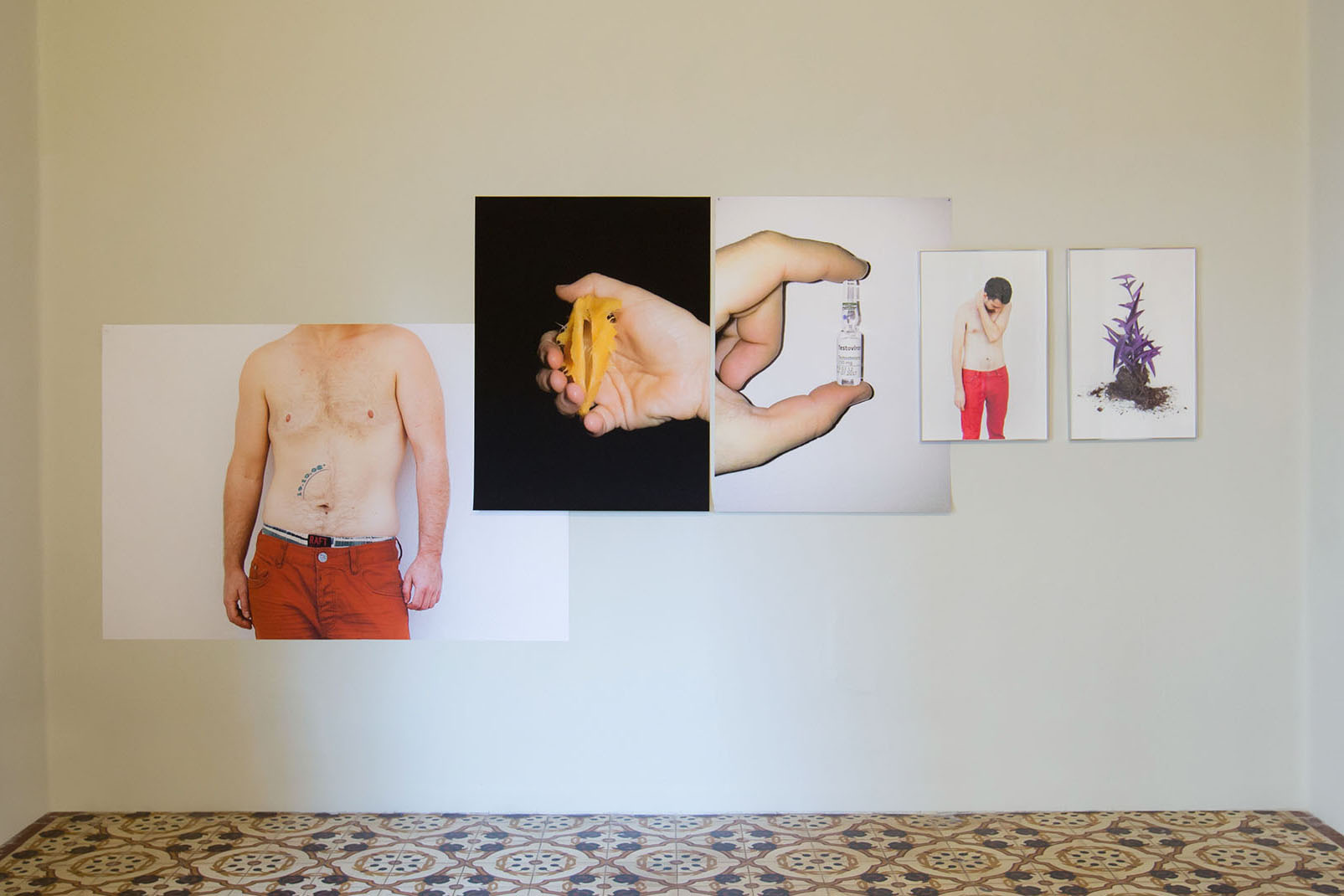
Guli, 2014, 150x100, Inkjet print and wallpaper paste
Mango, 2015, 70x100 /Guli’s T, 2013, 70x100
Omri, 2014, 40x60 / Wondwering Jew, 2016, 40x60
// Archival inkjet prints
 Two Cucumbers, 2014, 30x40 / Self-Portrait with Parsley, 2014, 57x40
Two Cucumbers, 2014, 30x40 / Self-Portrait with Parsley, 2014, 57x40// Archival inkjet prints
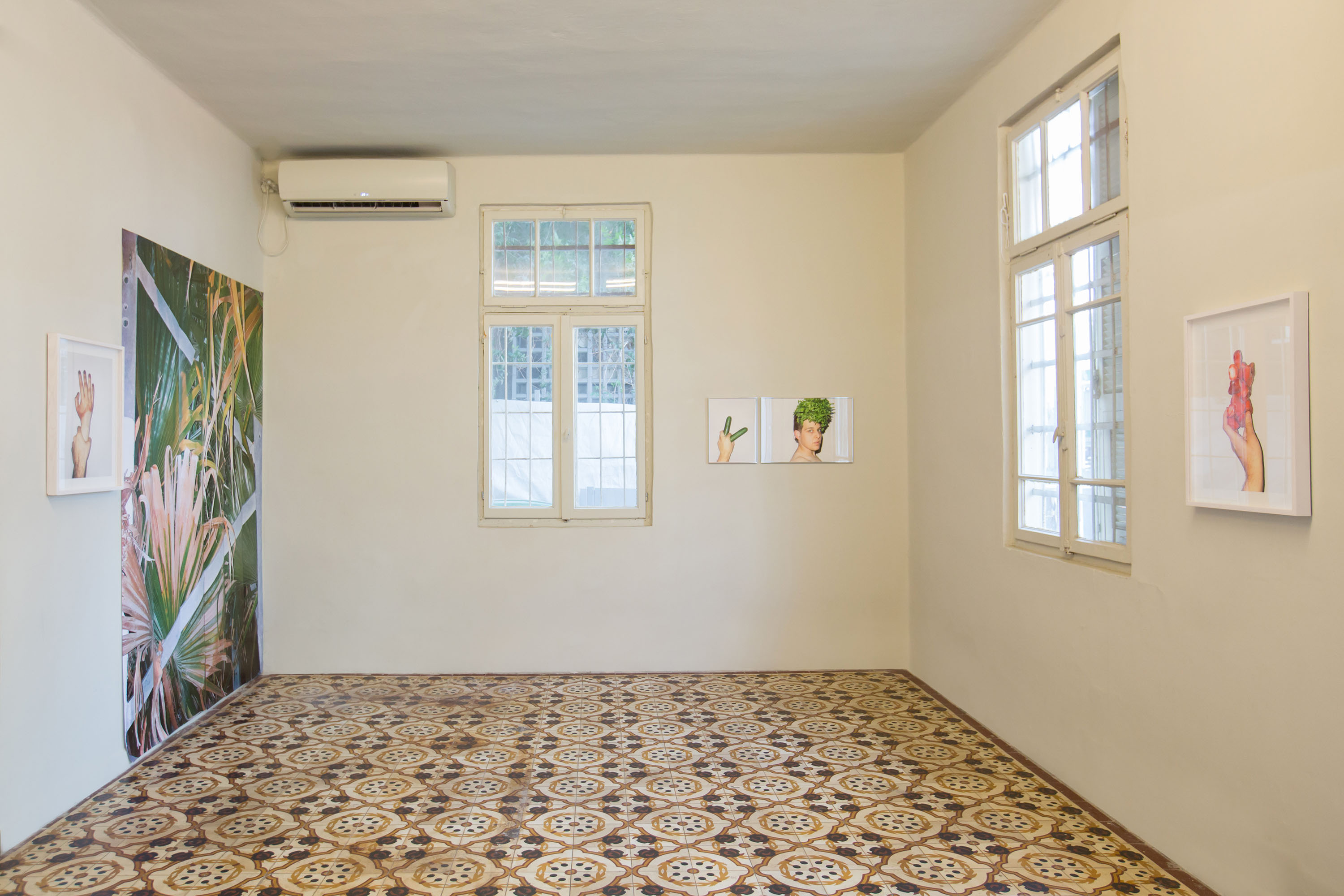 Staind, 2012, 60x40 / Washingtonia , 2016, 64 A3 pages / Two Cucumbers, 2014, 30x40
Staind, 2012, 60x40 / Washingtonia , 2016, 64 A3 pages / Two Cucumbers, 2014, 30x40 Self-Portrait with Parsley, 2014, 57x40 /Strawberries, 2016, 60x45
// Inkjet and archival inkjet prints
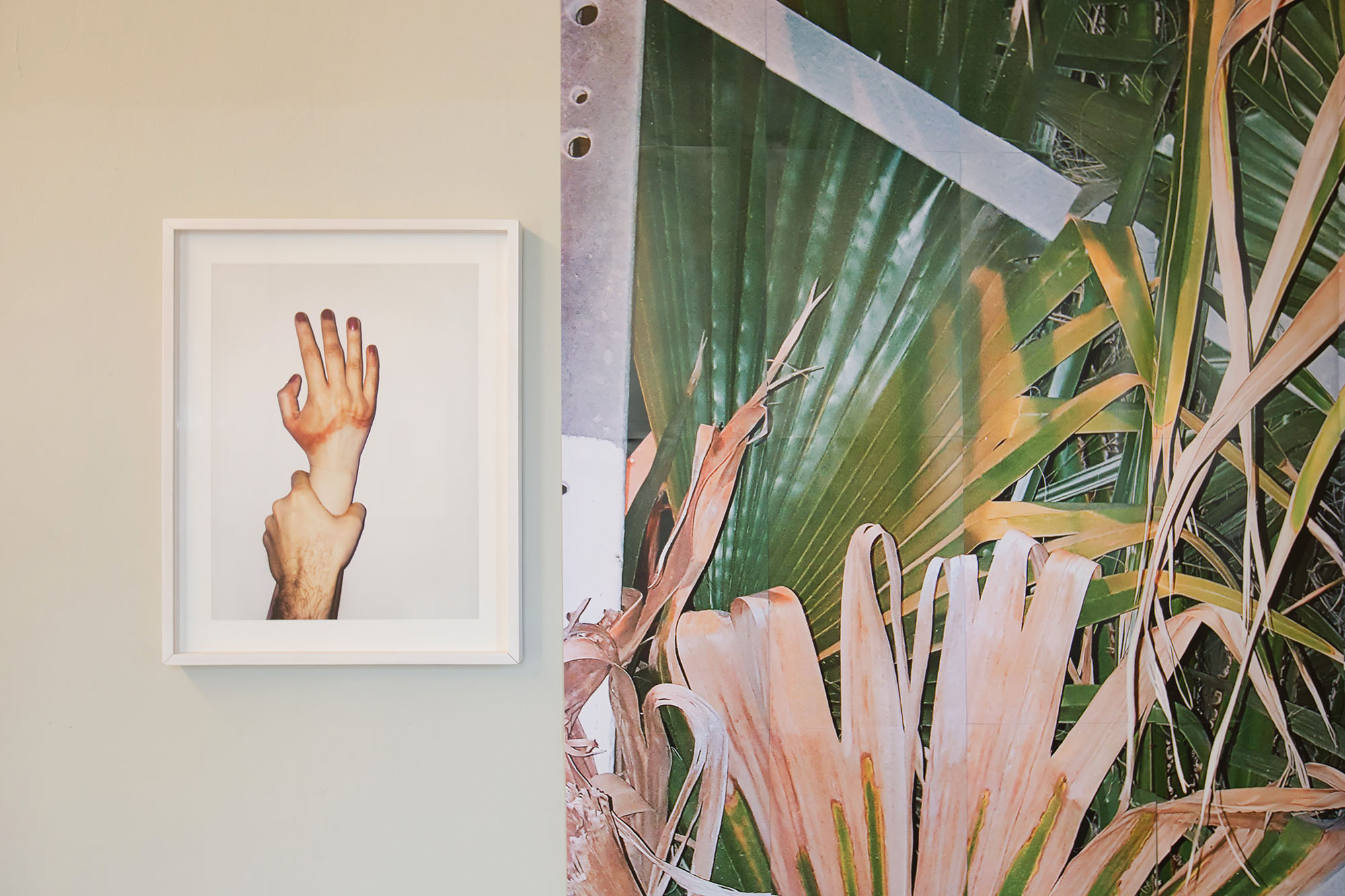
Staind, 2012, 60x40 / Washingtonia , 2016, 64 A3 pages
// Inkjet and archival inkjet prints
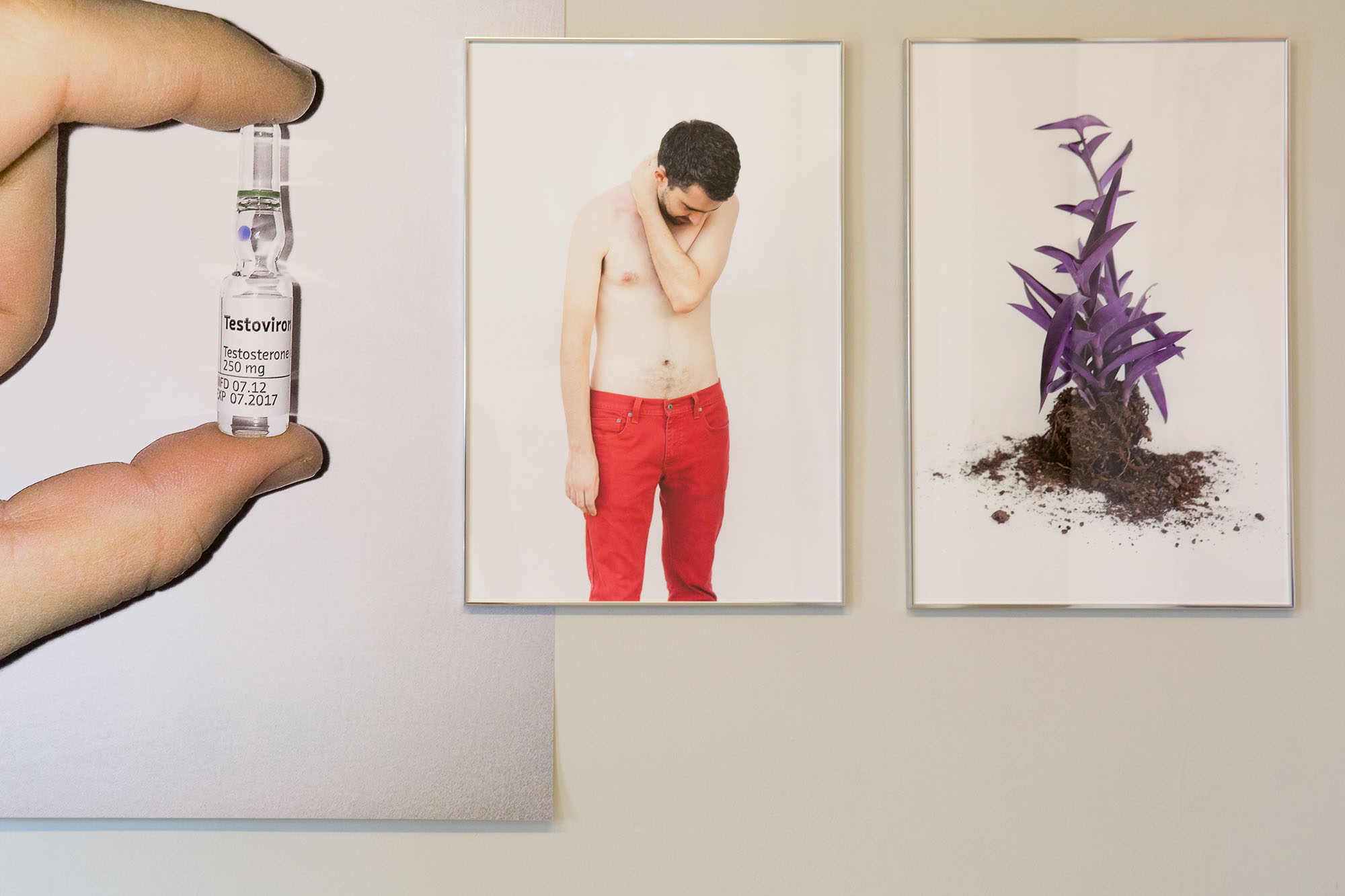
Guli’s T (detail), 2013, 70x100 /Omri, 2014, 40x60 / Wondwering Jew, 2016, 40x60
// Archival inkjet prints
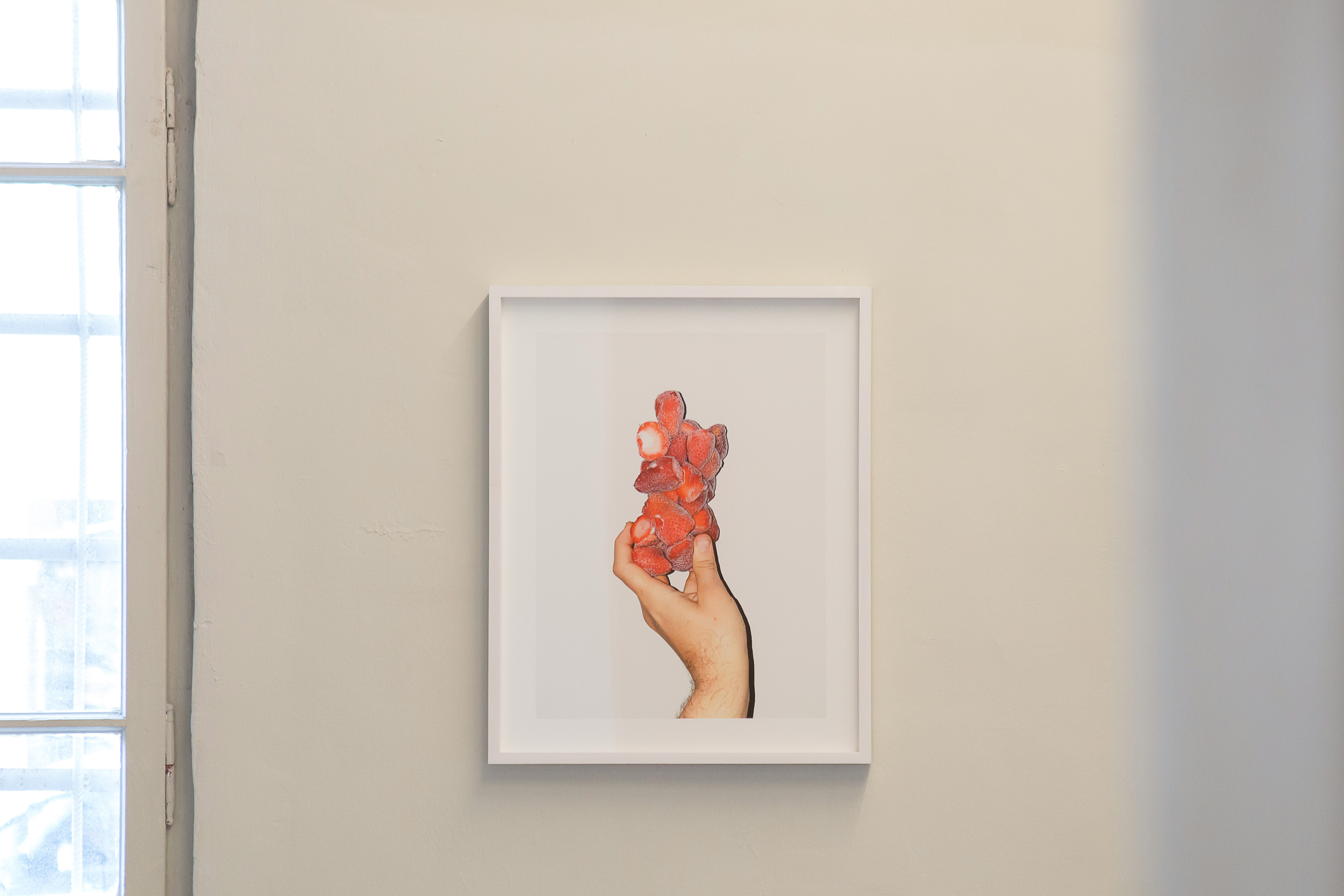
Strawberries, 2016, 60x45
// Archival inkjet print
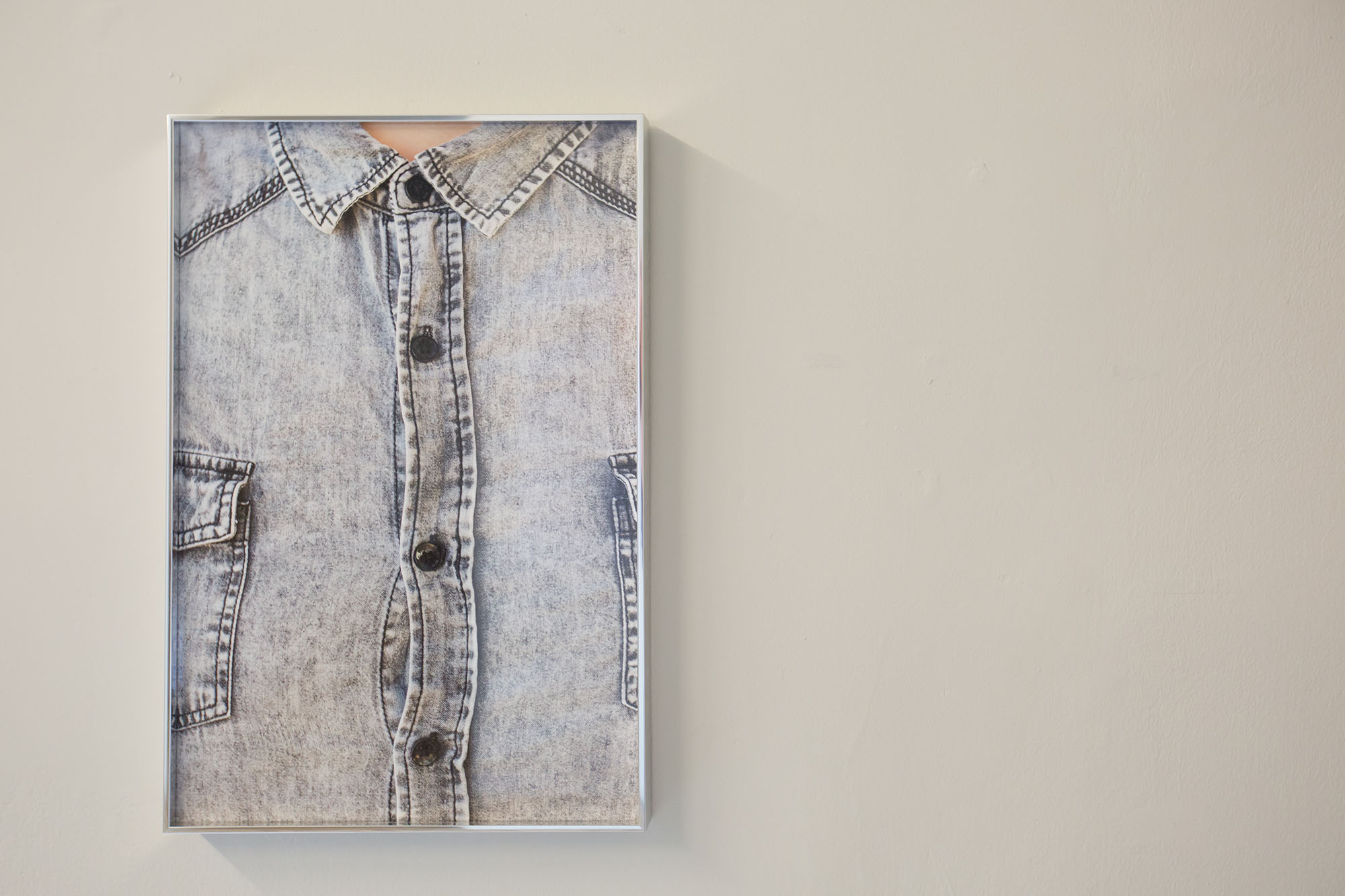
Buttoned, 2016, 35x57
// Archival inkjet print
installation photos by Hila Ido



dis/location, P8 Gallery, Tel Aviv. Photos by Inon Khalfon
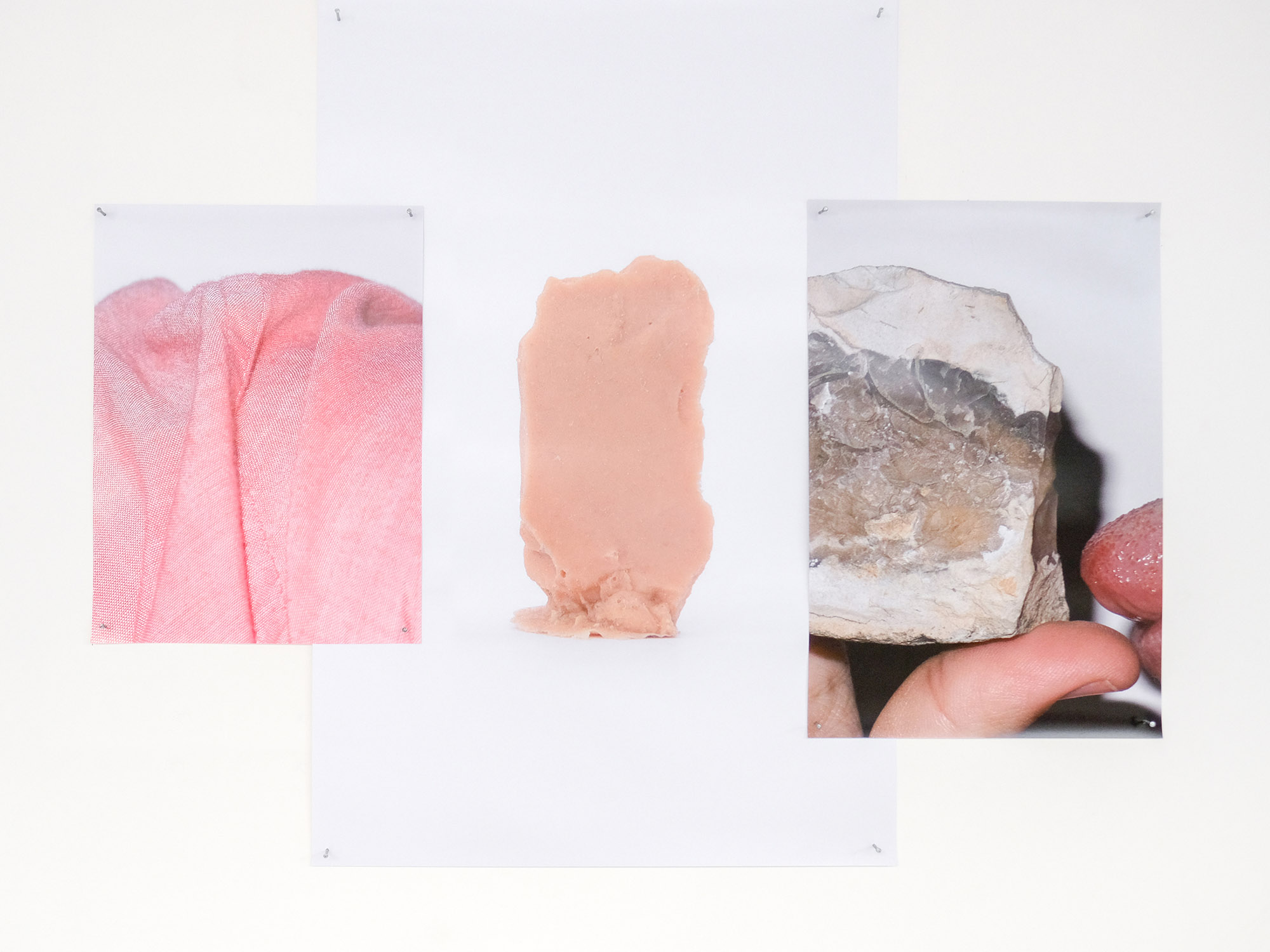
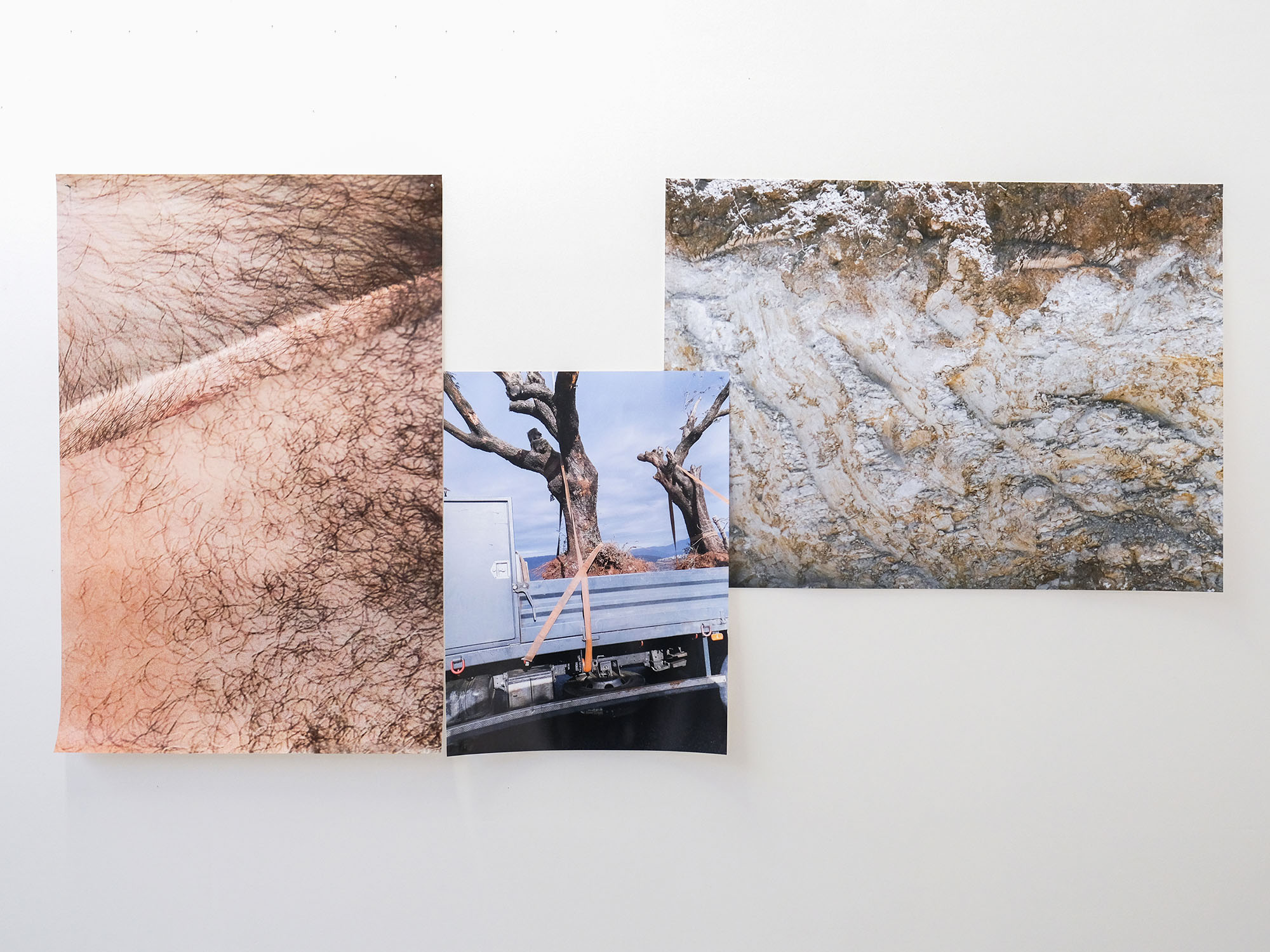
Now That We Are Alone, KOLİ Art Space, Istanbul
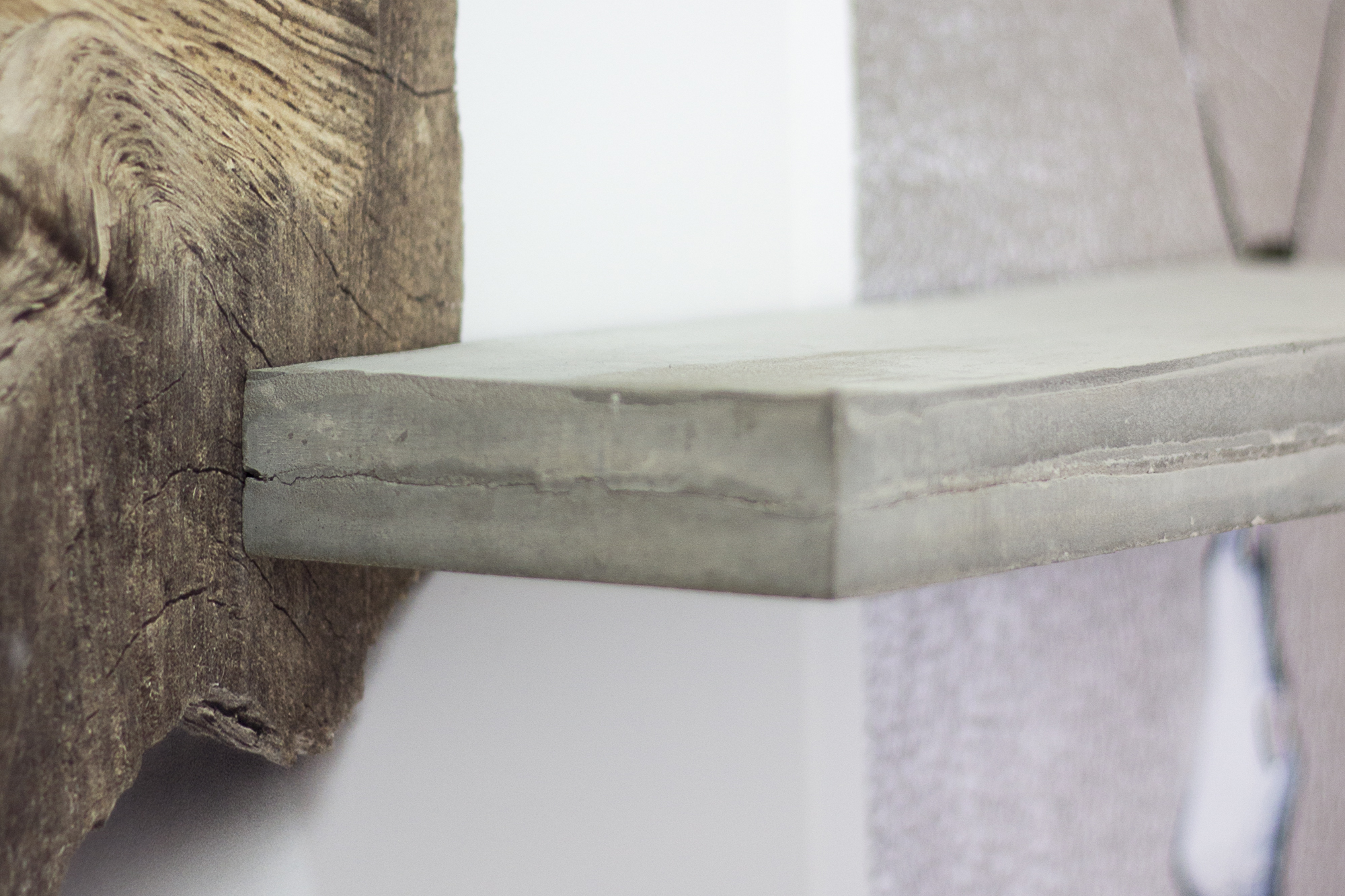
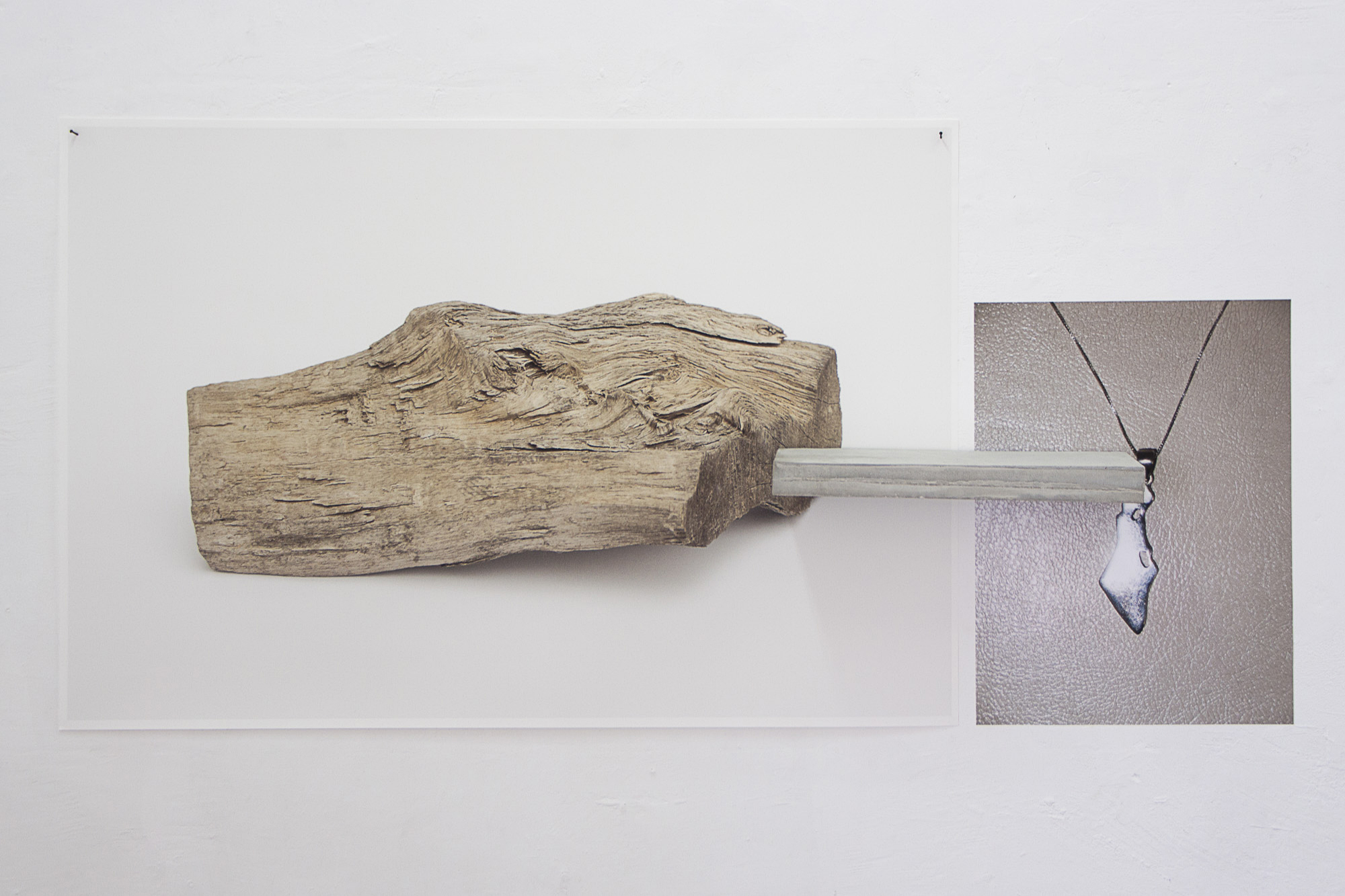
Metzoopeh (Hebrew for both covered and expected), Binyamin Gallery, Tel Aviv (with Bush Collective)

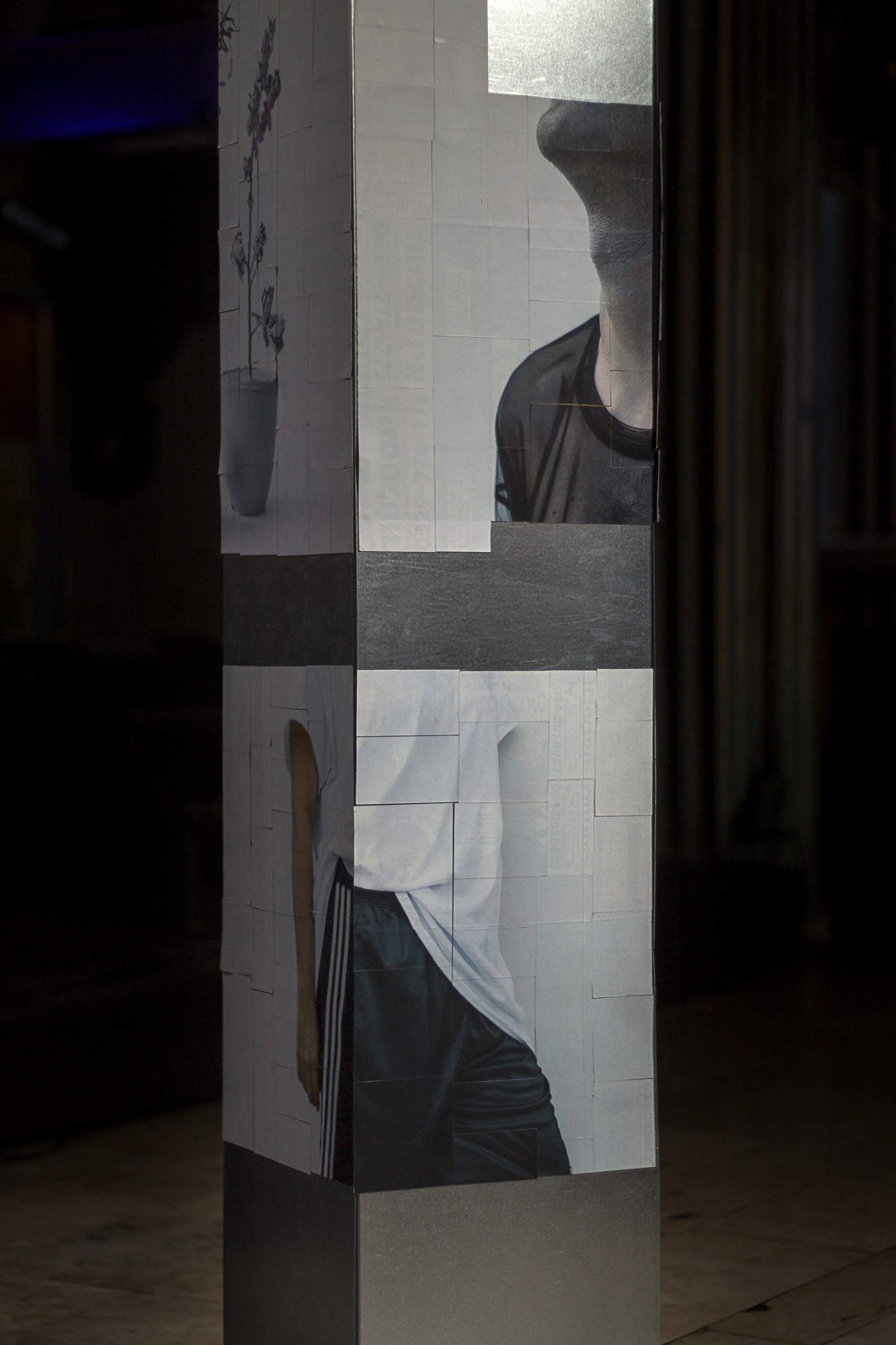

Cooler, Pasáž, Tel Aviv (with Bush Collective)

Animal Affinity, Artists House, Tel Aviv
Stuck, The Toava, Tel Aviv
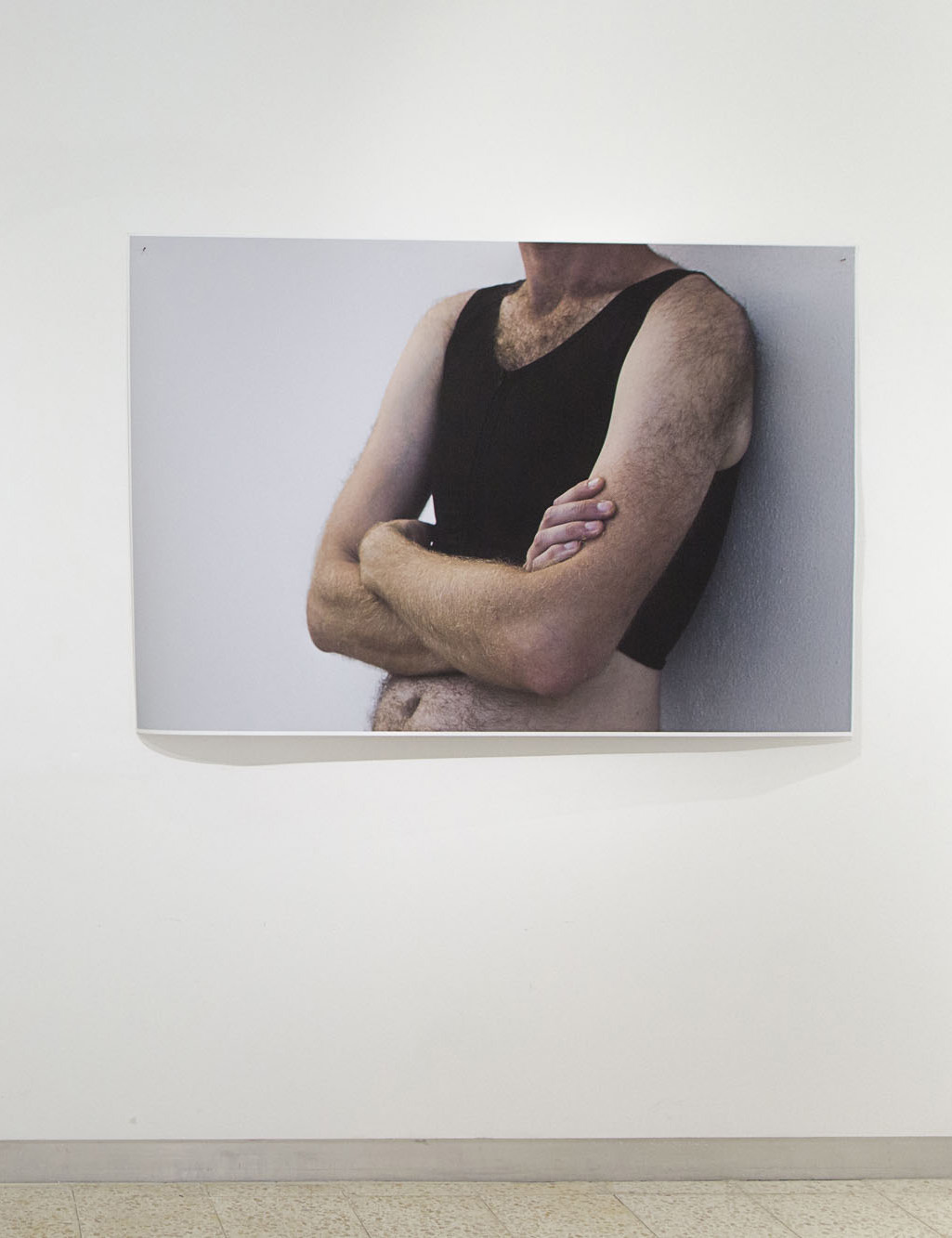
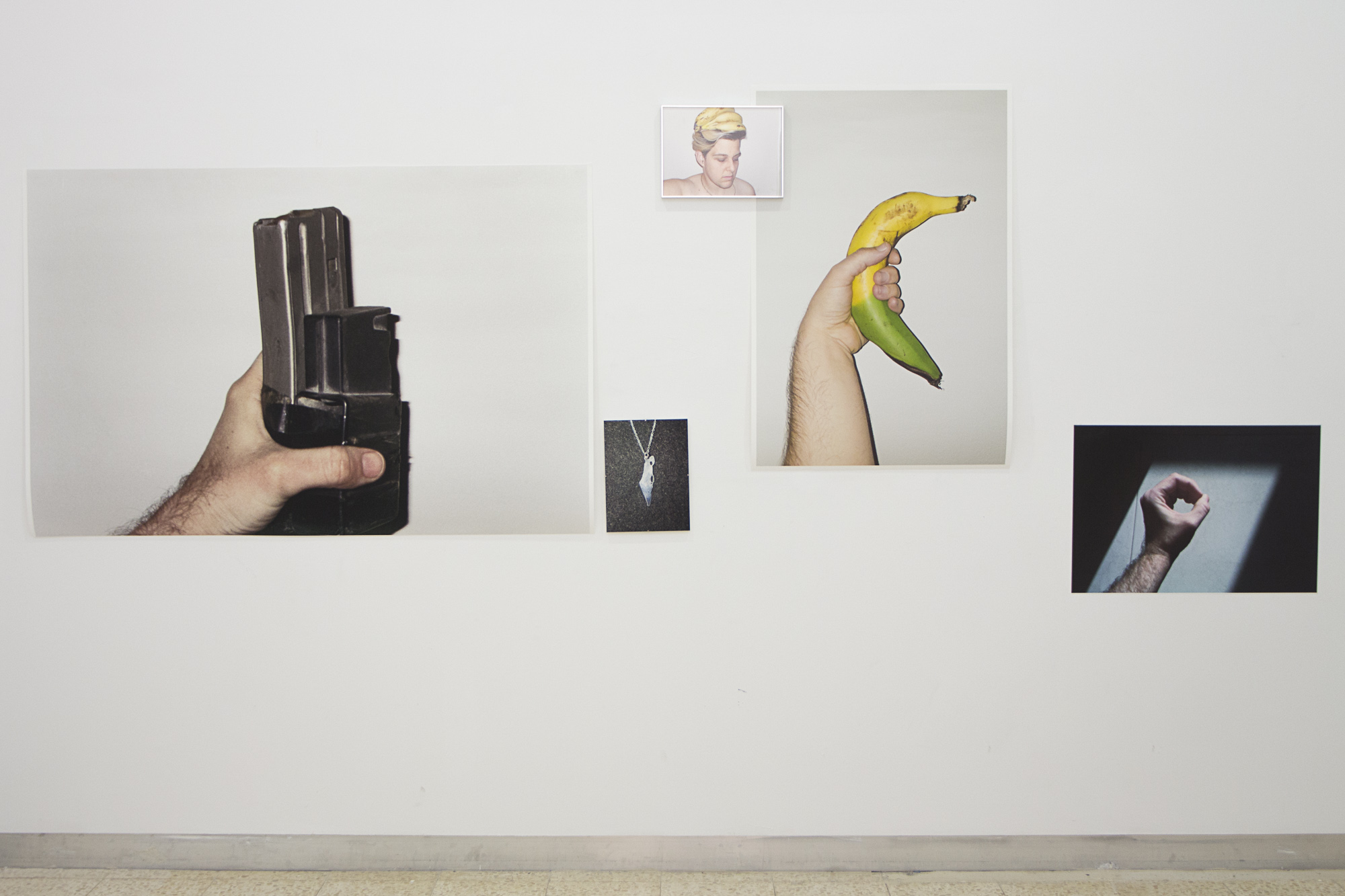
With our Backs to the Wall, Trumpeldor Gallery, Beer Sheva

What Once Grew, Bat Yam International Festival of Street Theatre and Art

Watermelon, HaMidrasha Gallery - HaYarkon 19, Tel Aviv
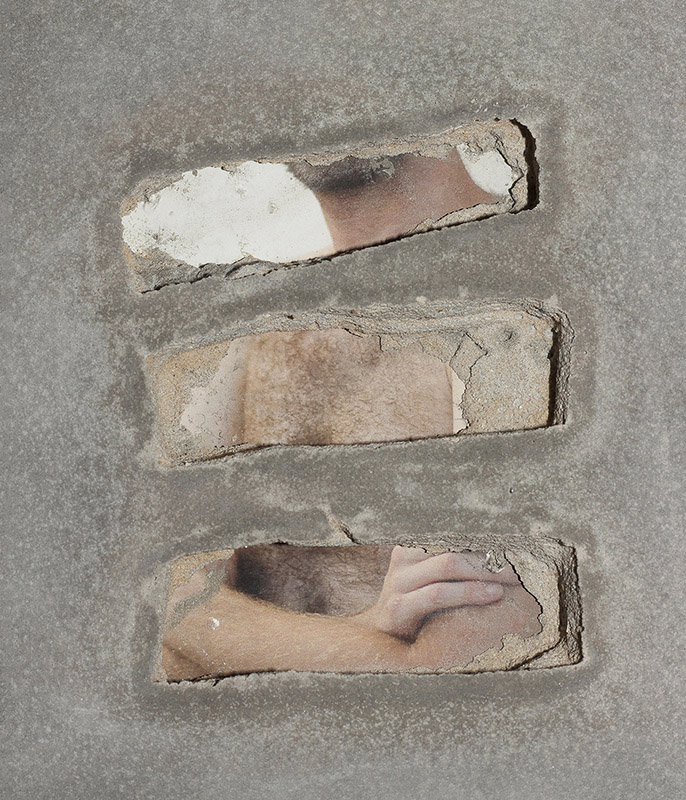
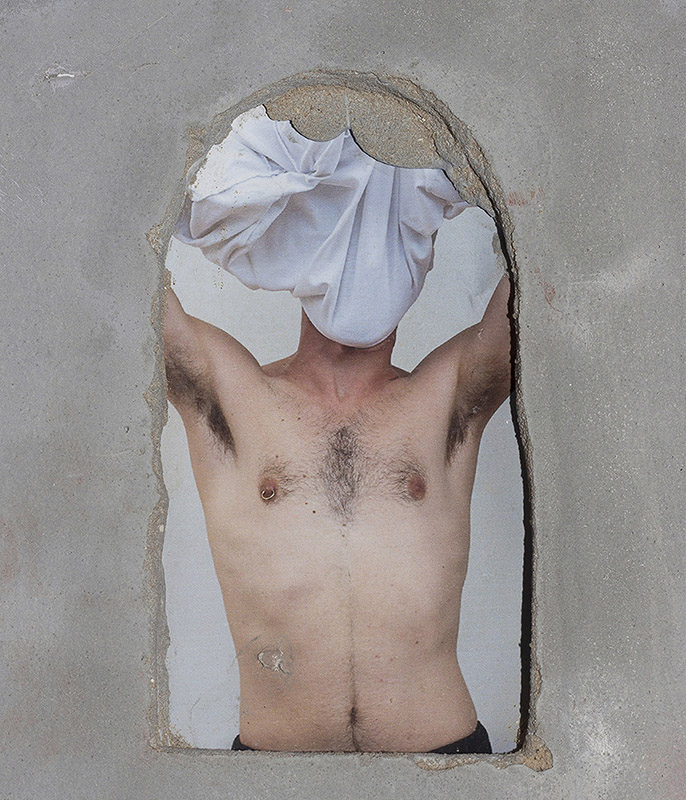
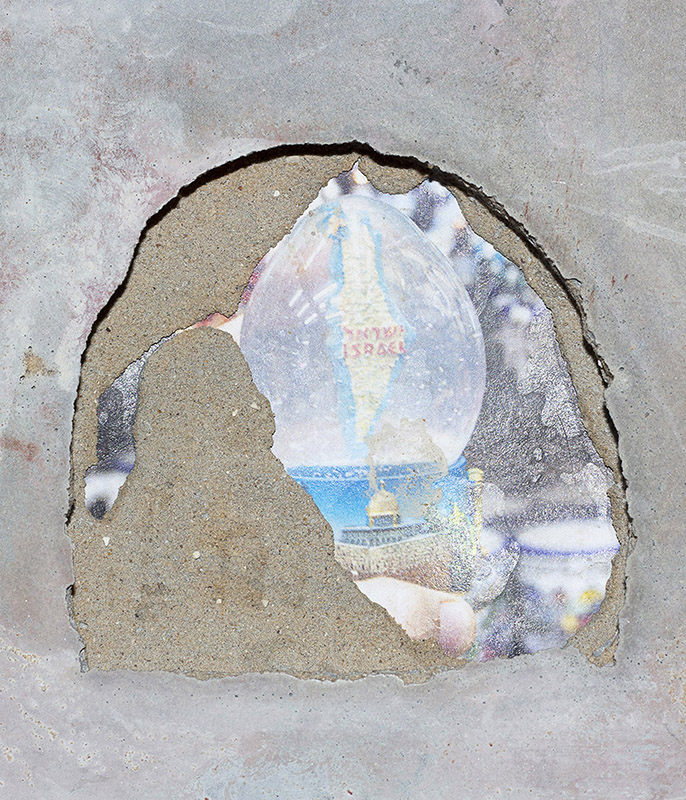

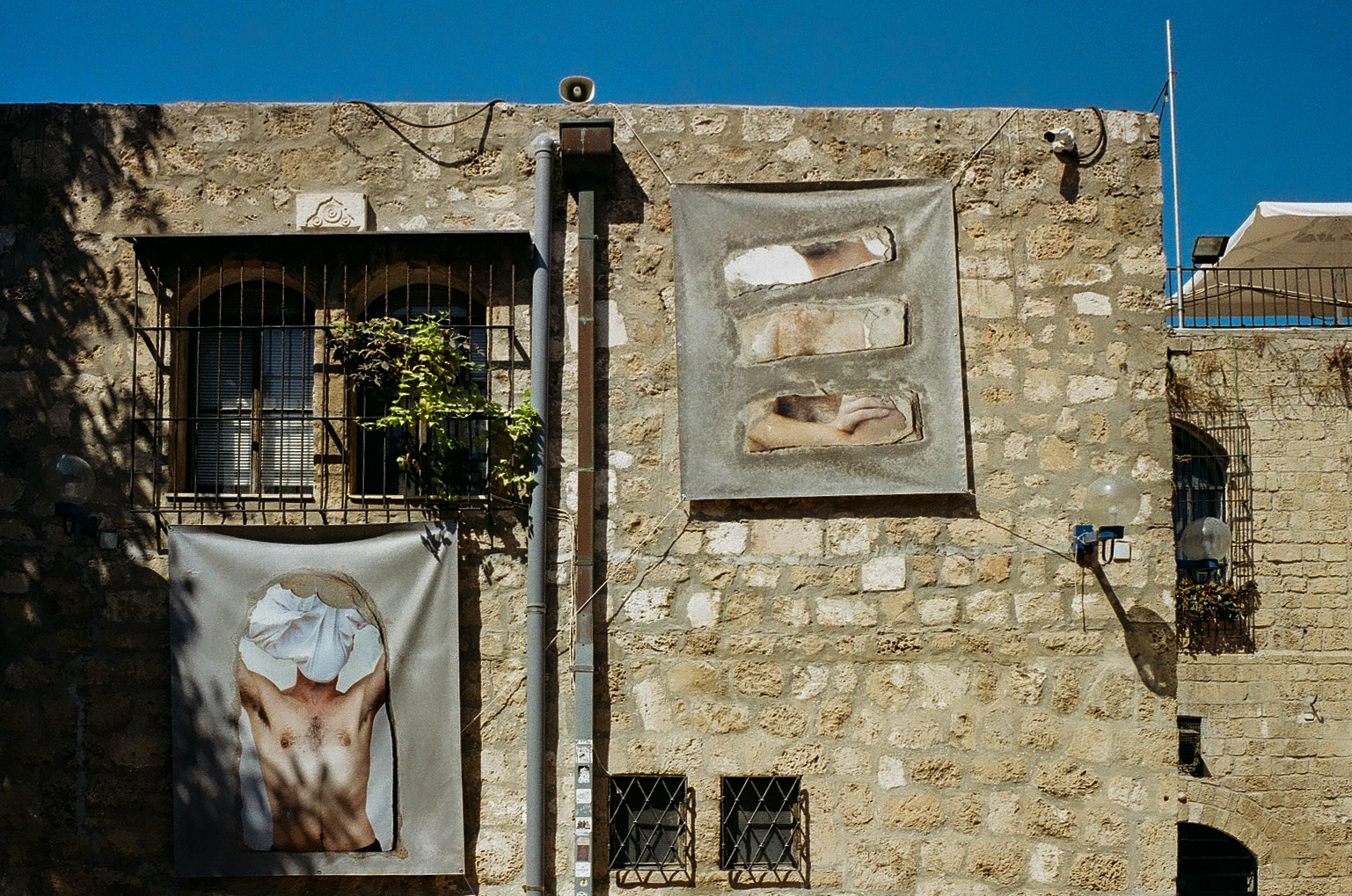
Annexed Concrete street installation at the Old Jaffa Museum. Developed during a residency at אתר-atar-أتار.
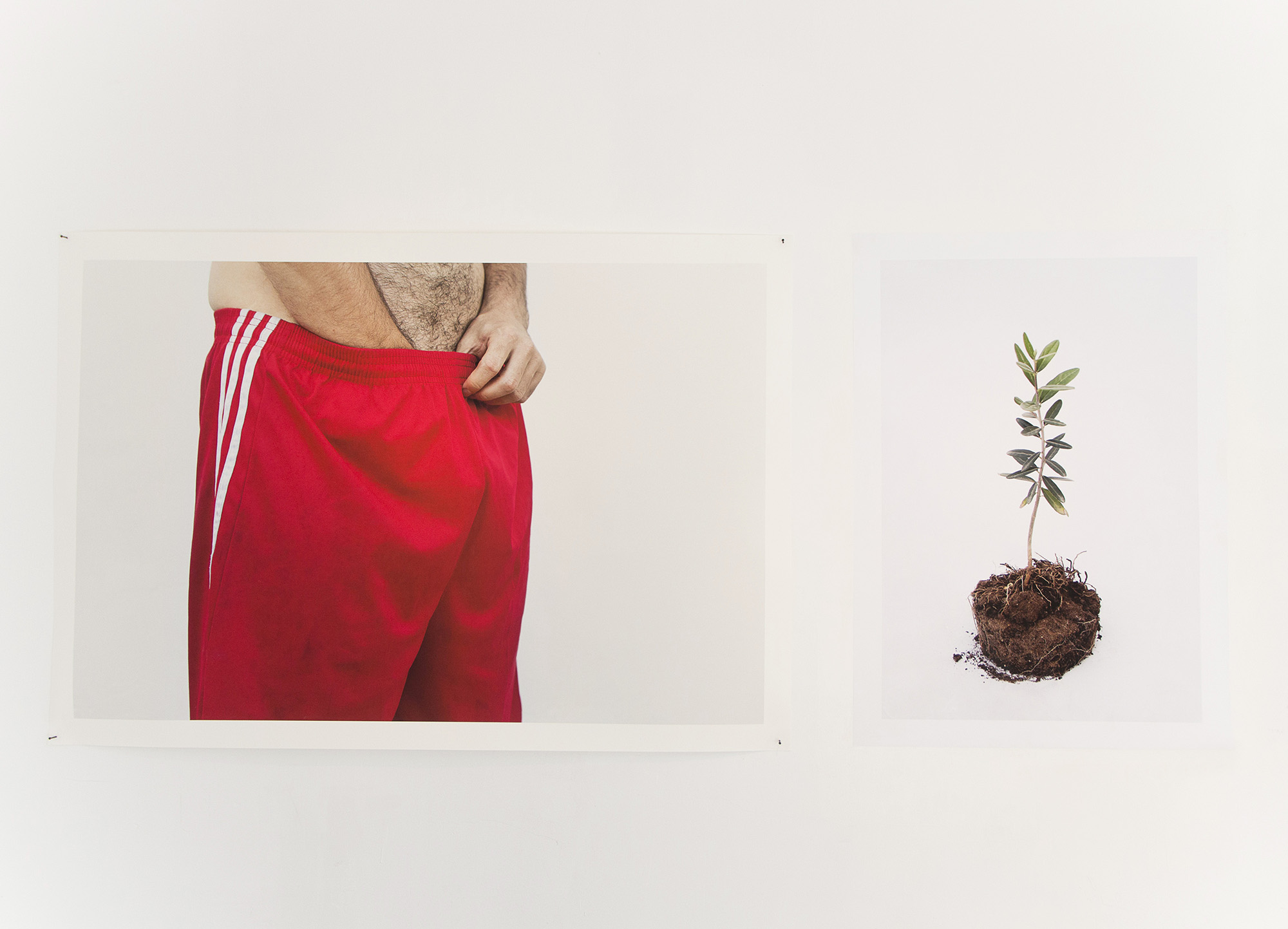
Post Pride, Indie Photography Gallery, Tel Aviv
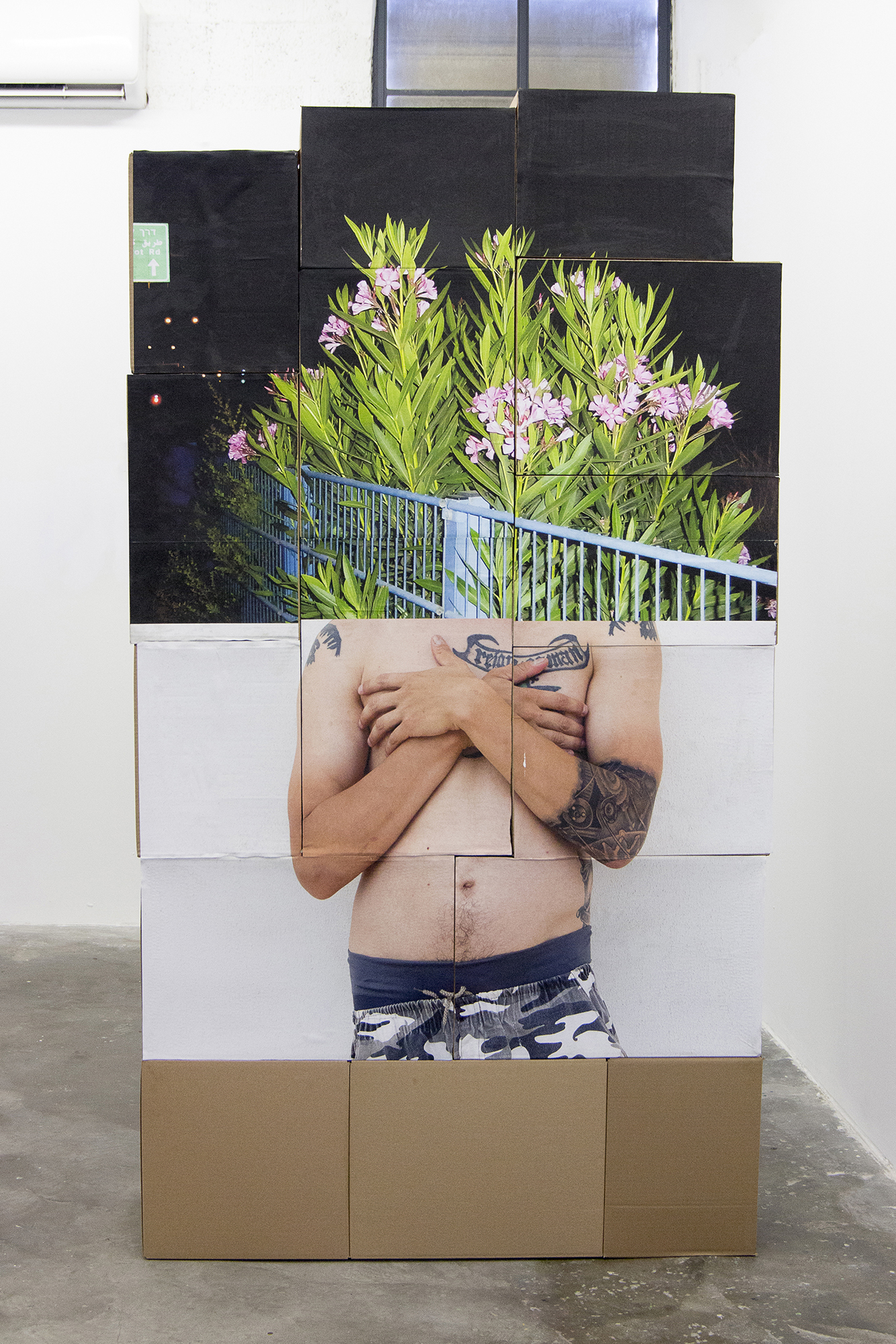
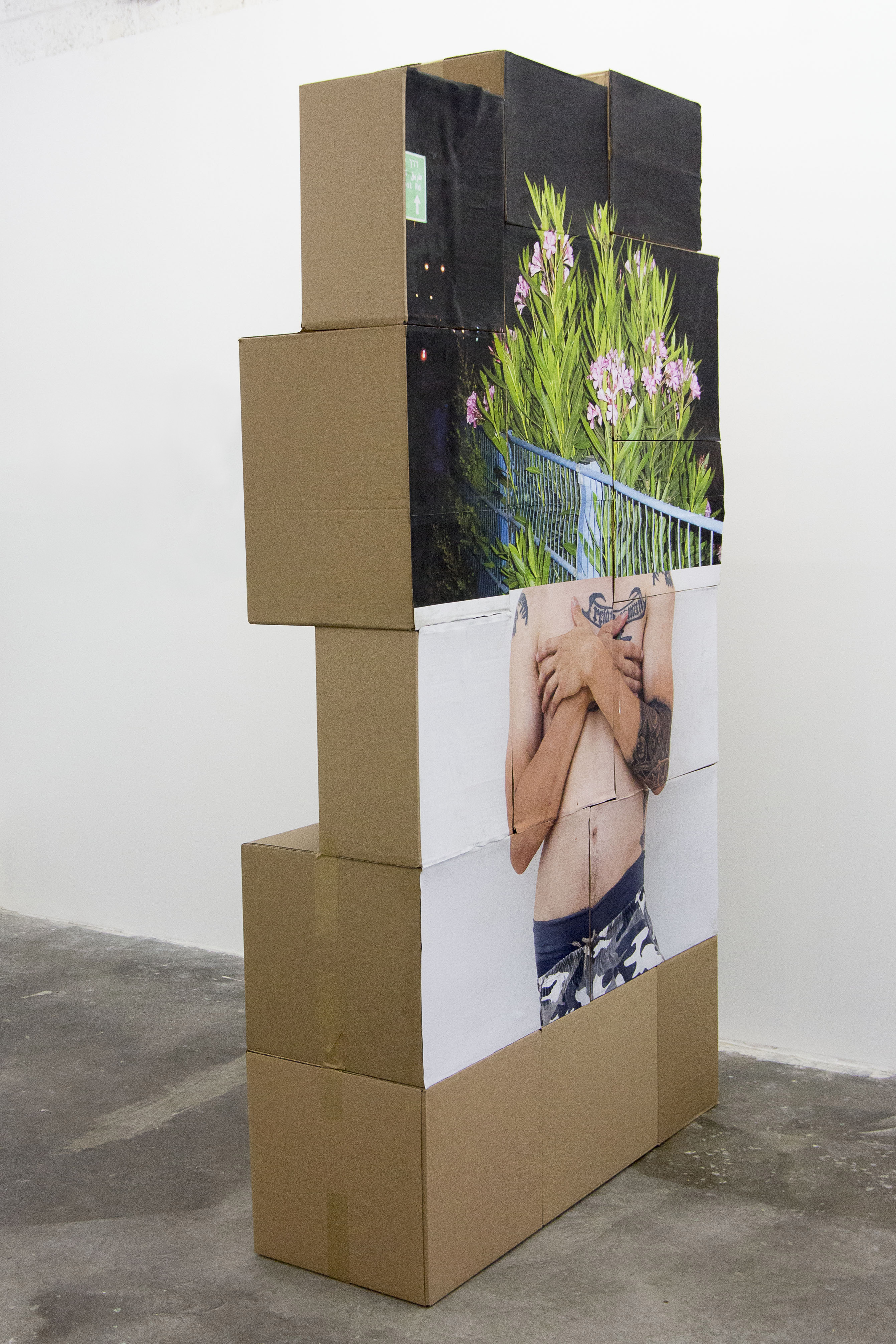
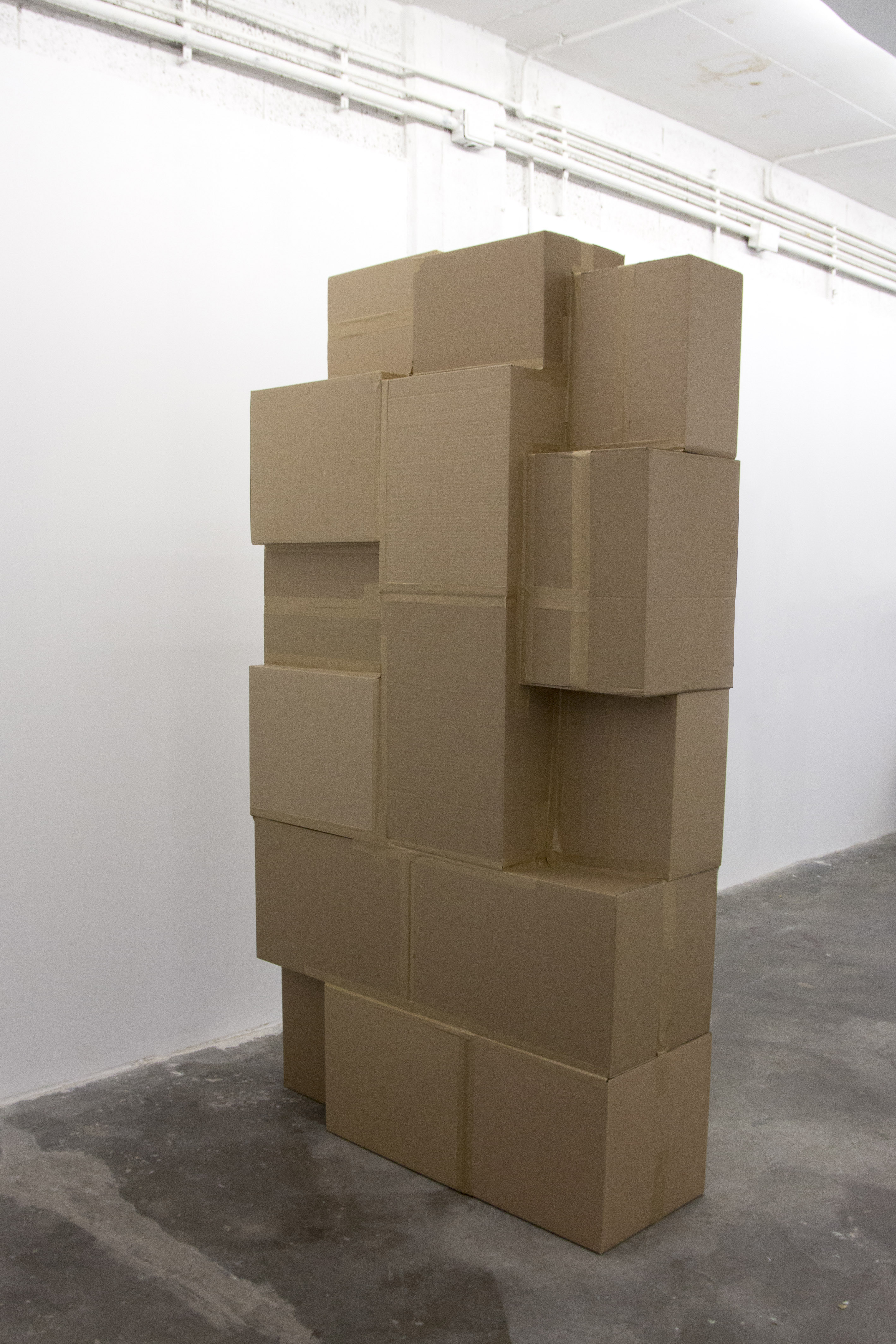



Oleander Head, Indie Photography Gallery, Tel Aviv
for full project and text
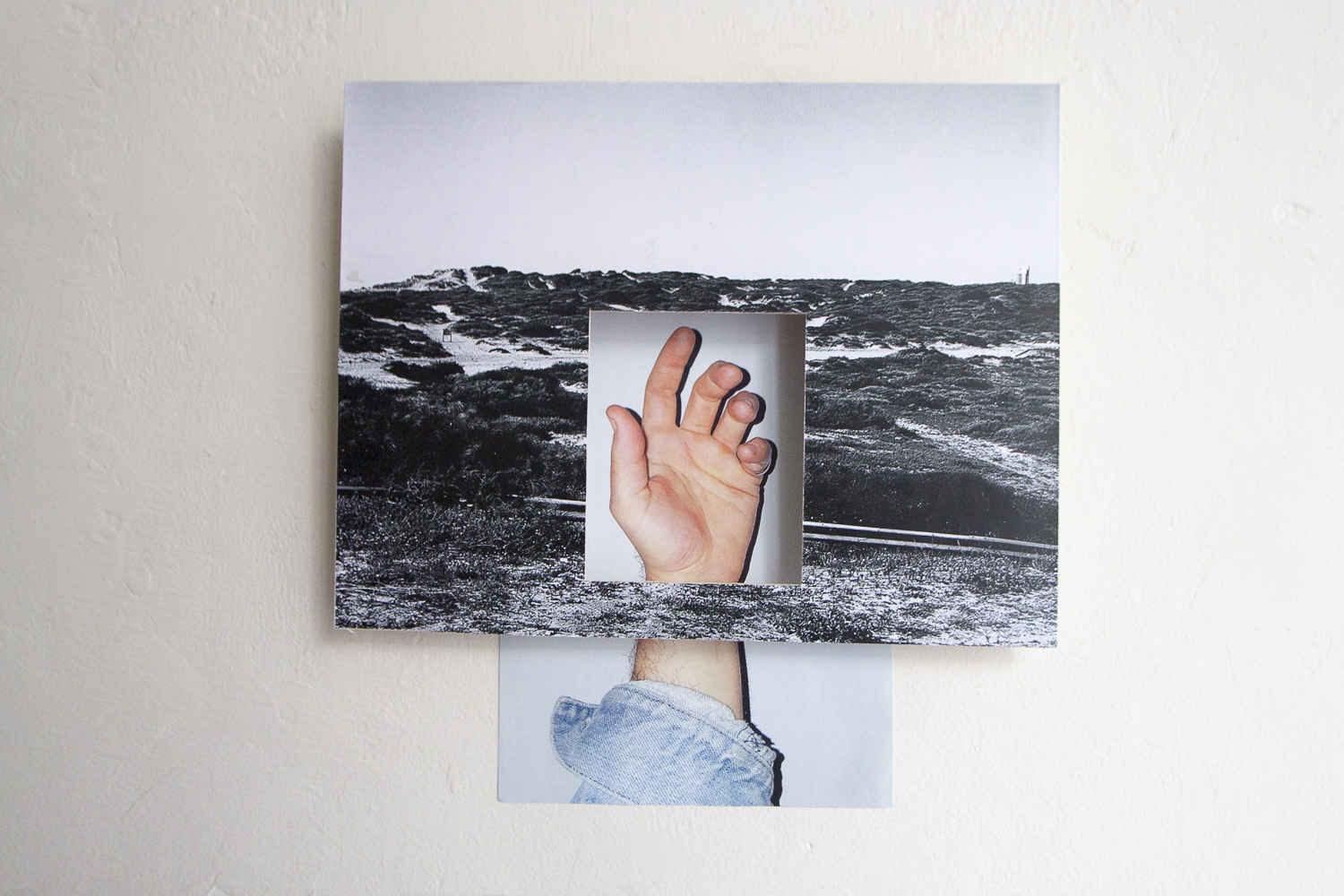

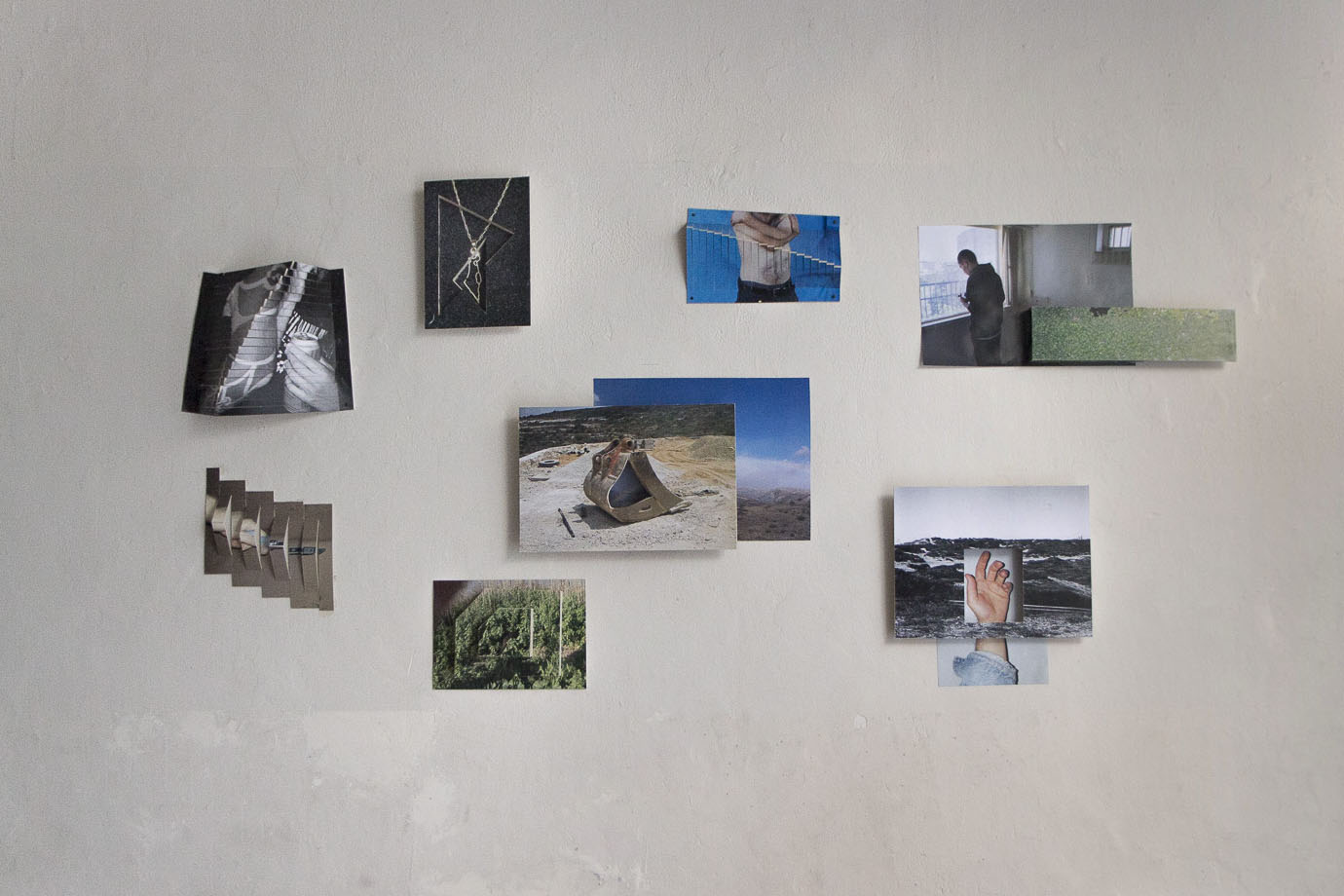
Trapped in a Flatten Fate, The 2000, Jerusalem (with Ben Drusinsky)




Circle, The Zimmer, Tel Aviv

Breathing Concrete, Kibutz Galuyot 45 - A Place For Art, Tel Aviv

Gefilte, The House Galeria, Tel Aviv (with Andres Gurwicz)

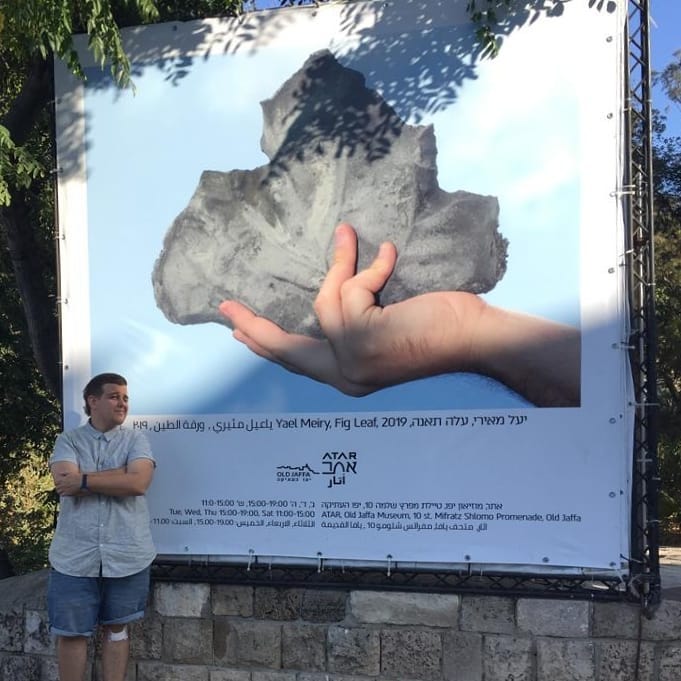
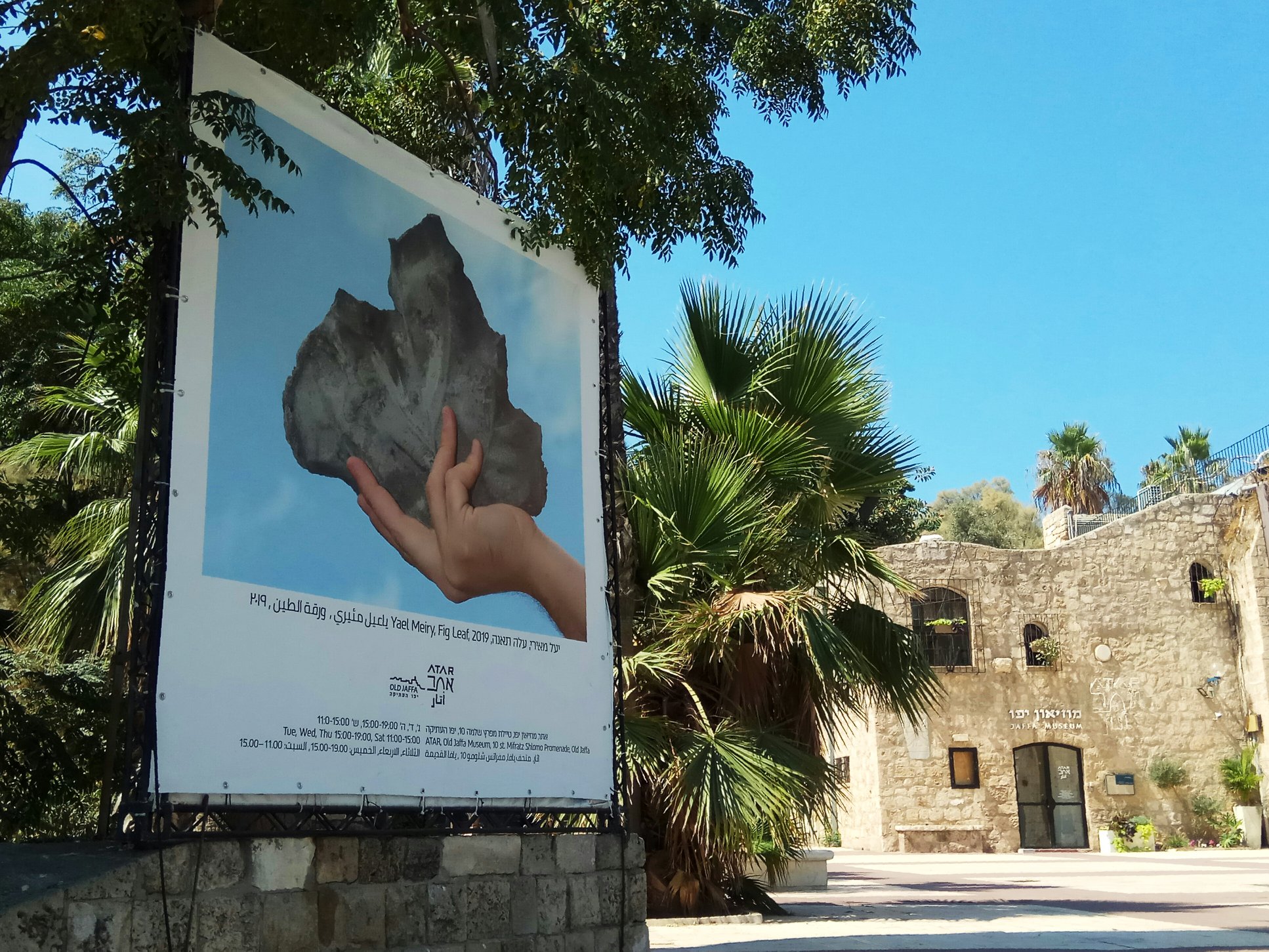
Fig Leaf, Old Jaffa Museum. Developed during a residency at אתר-atar-أتار.
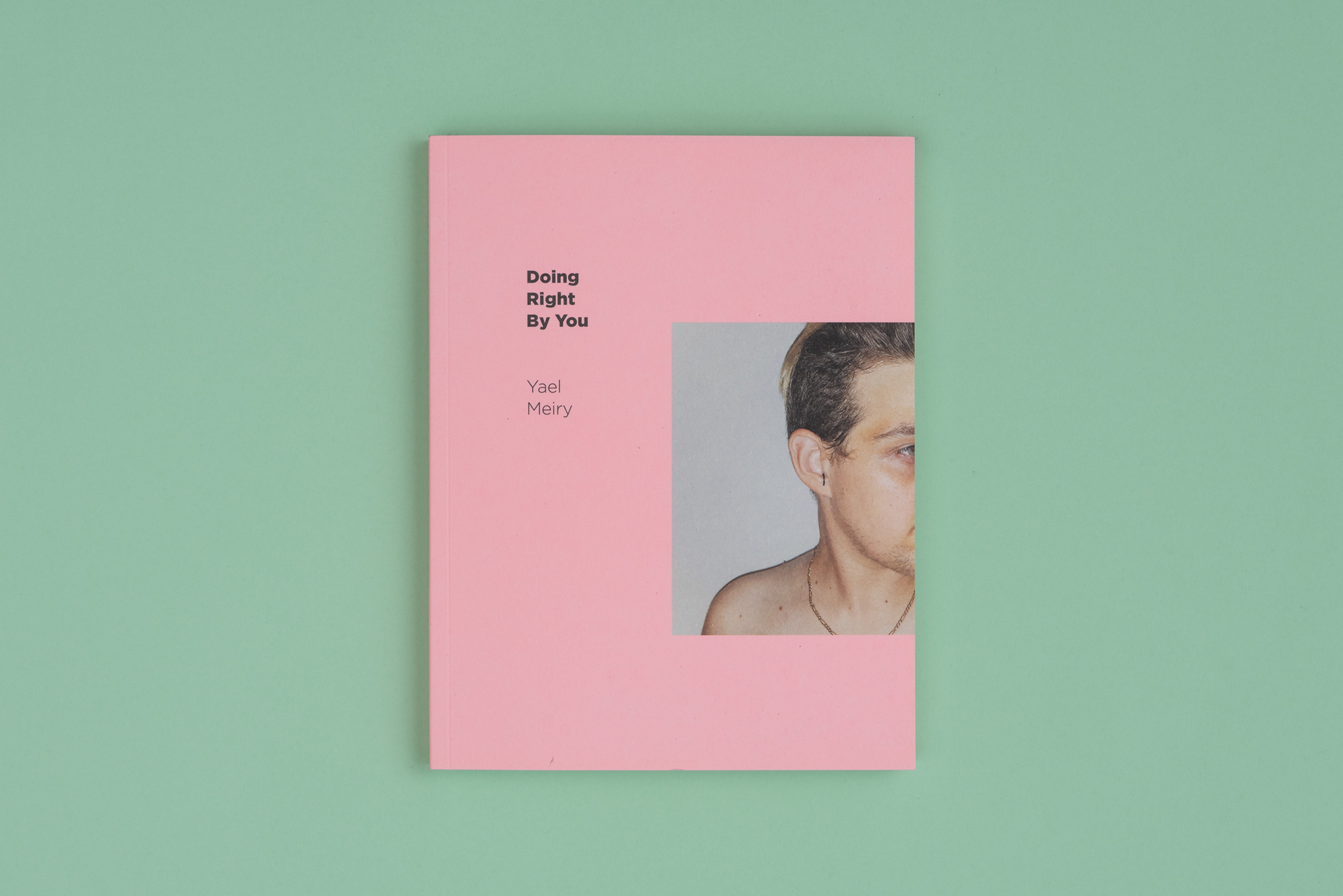
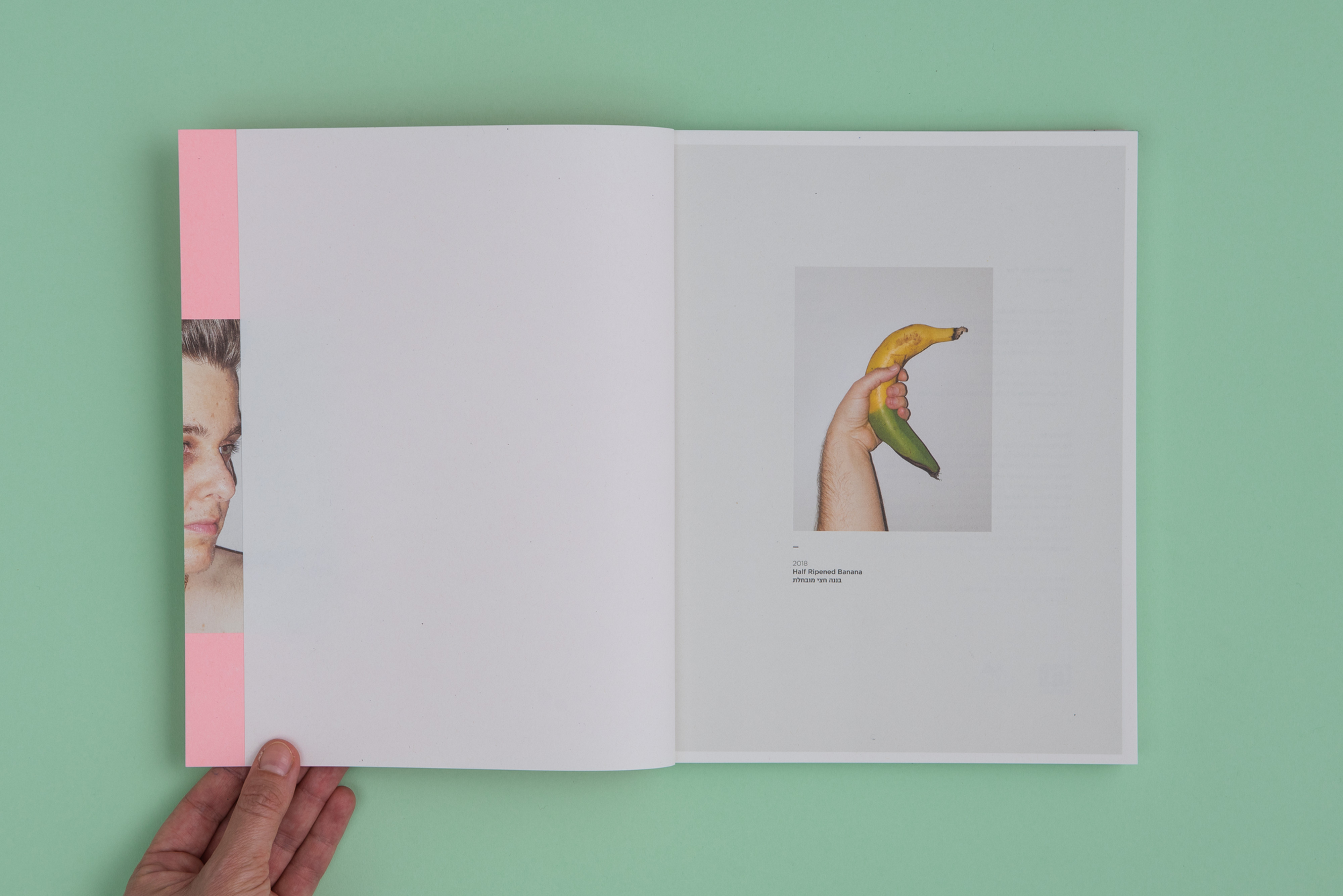
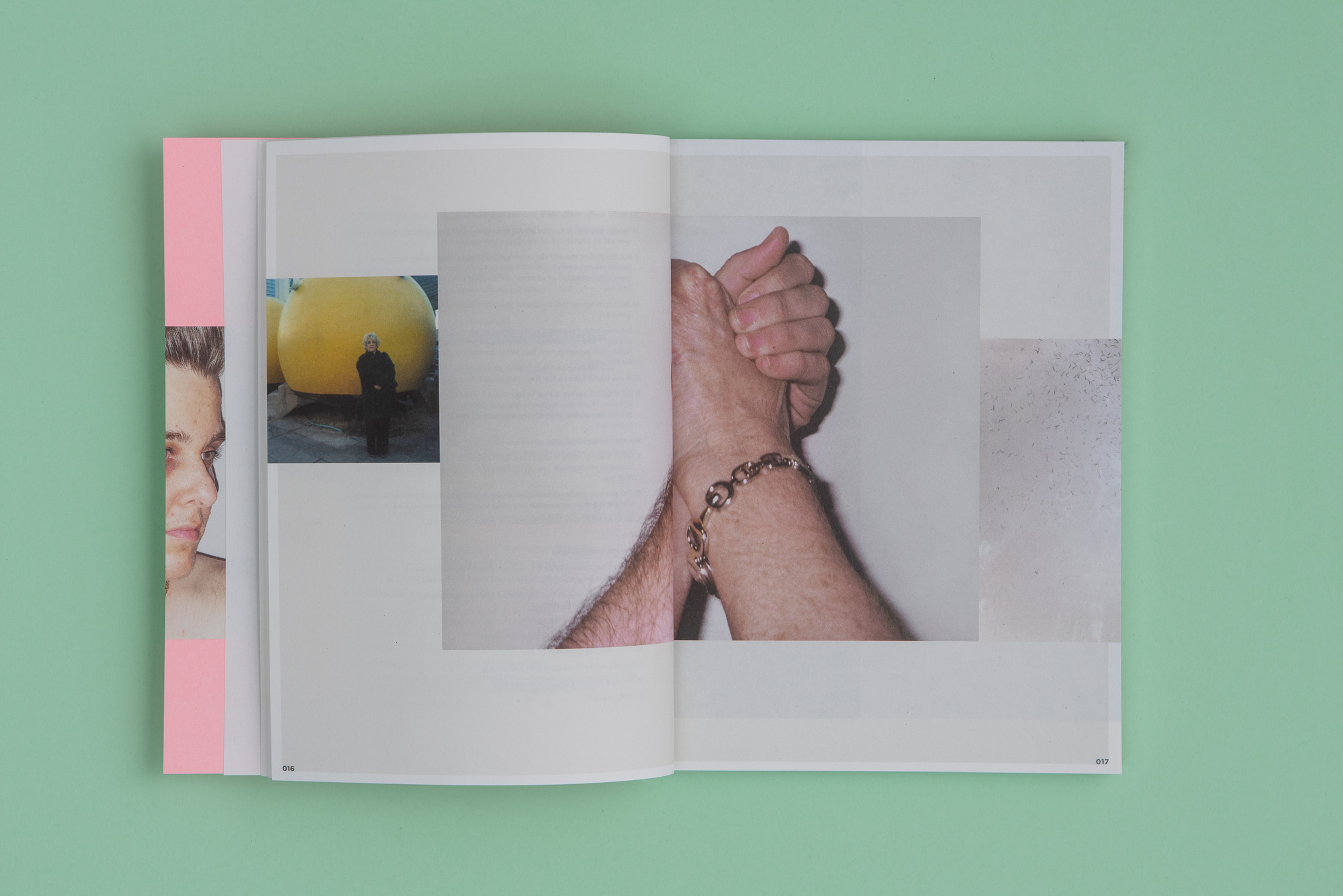
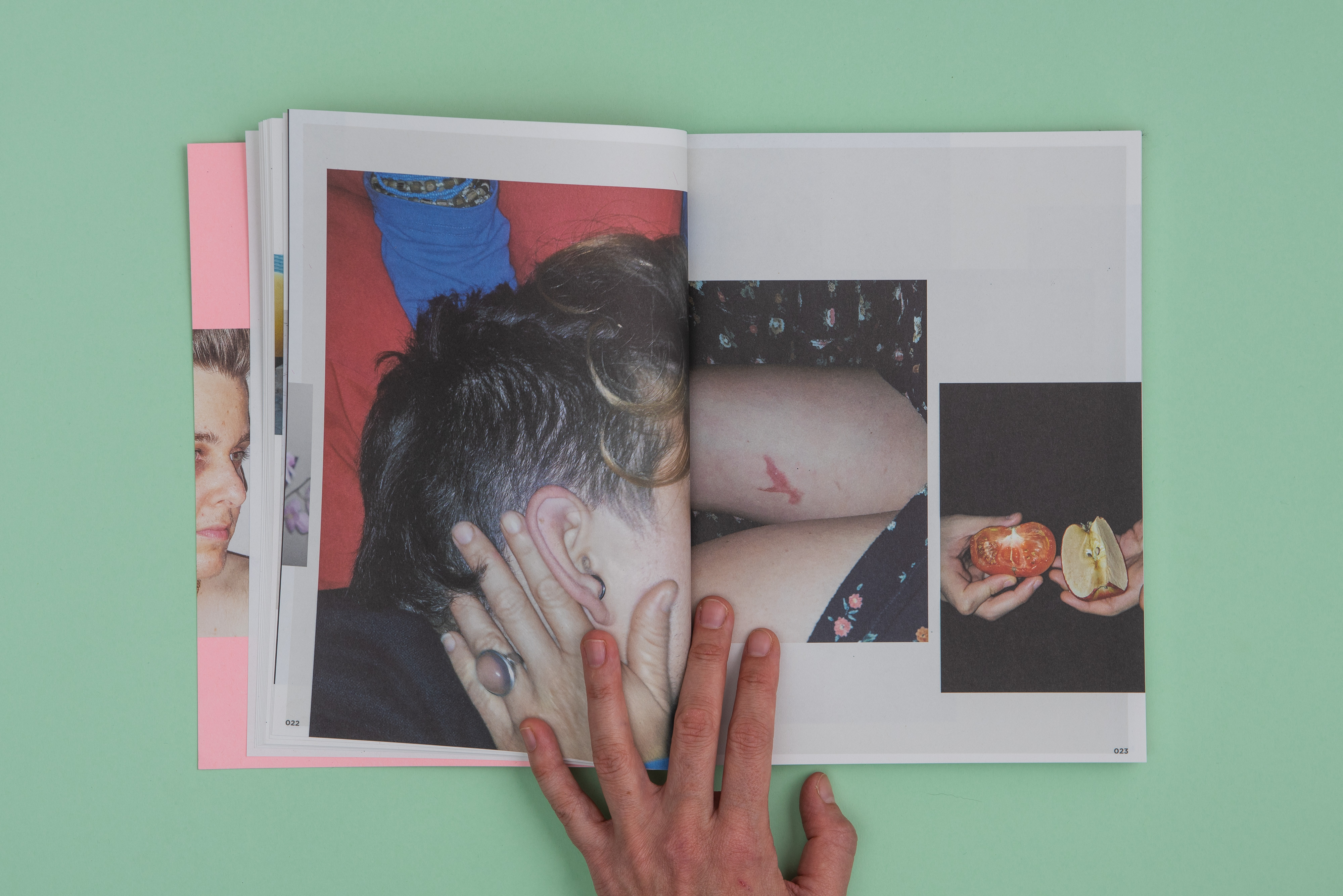
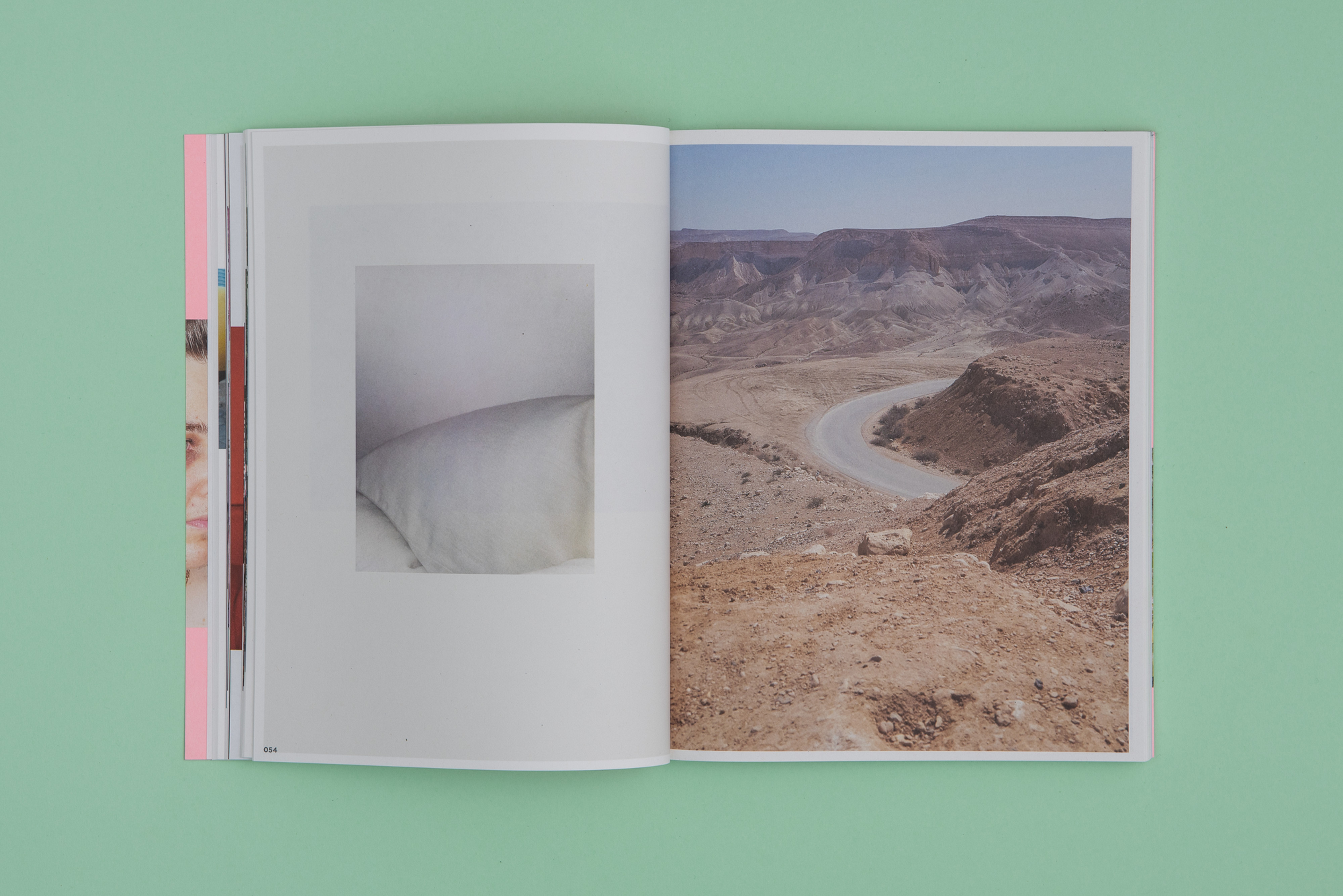
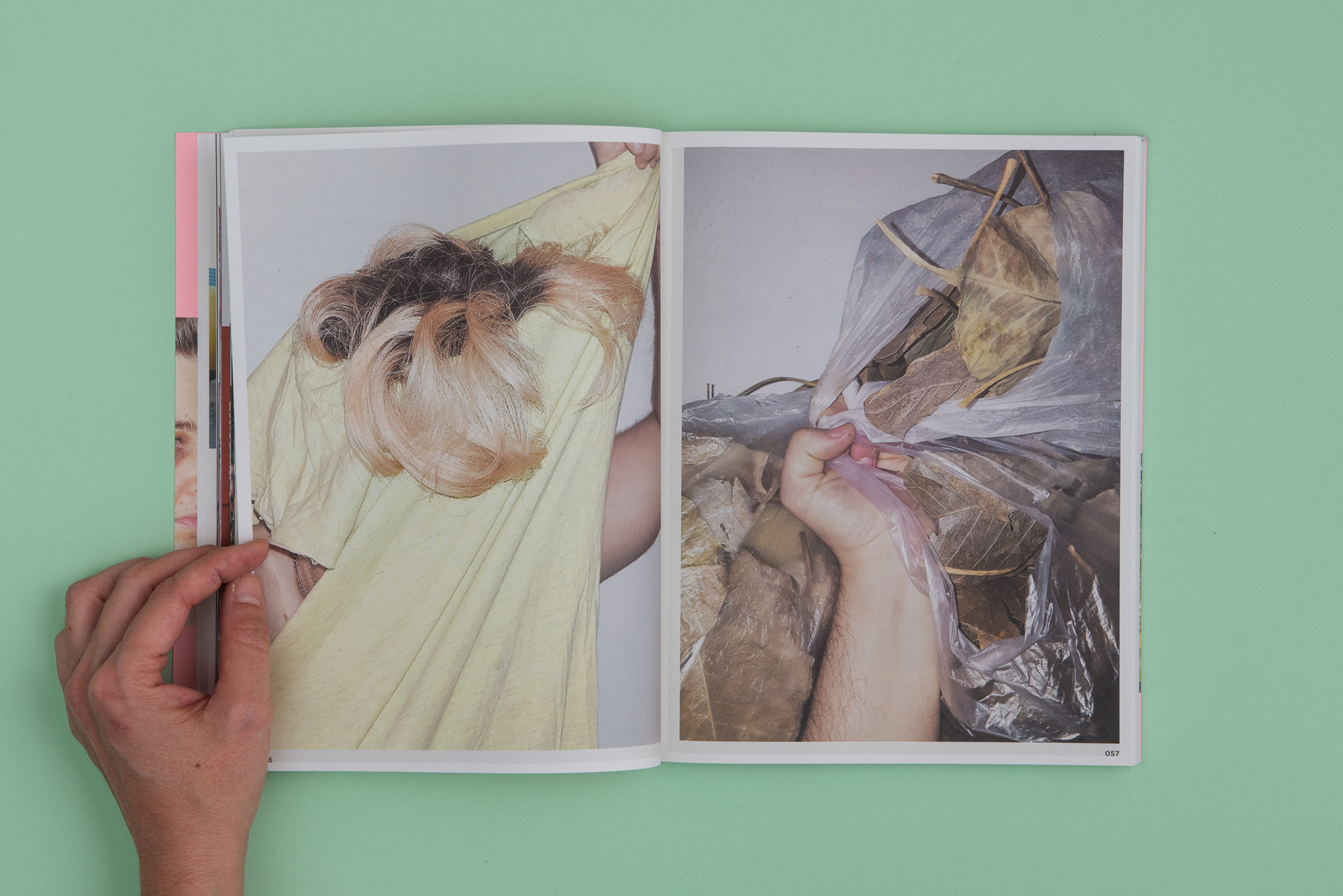
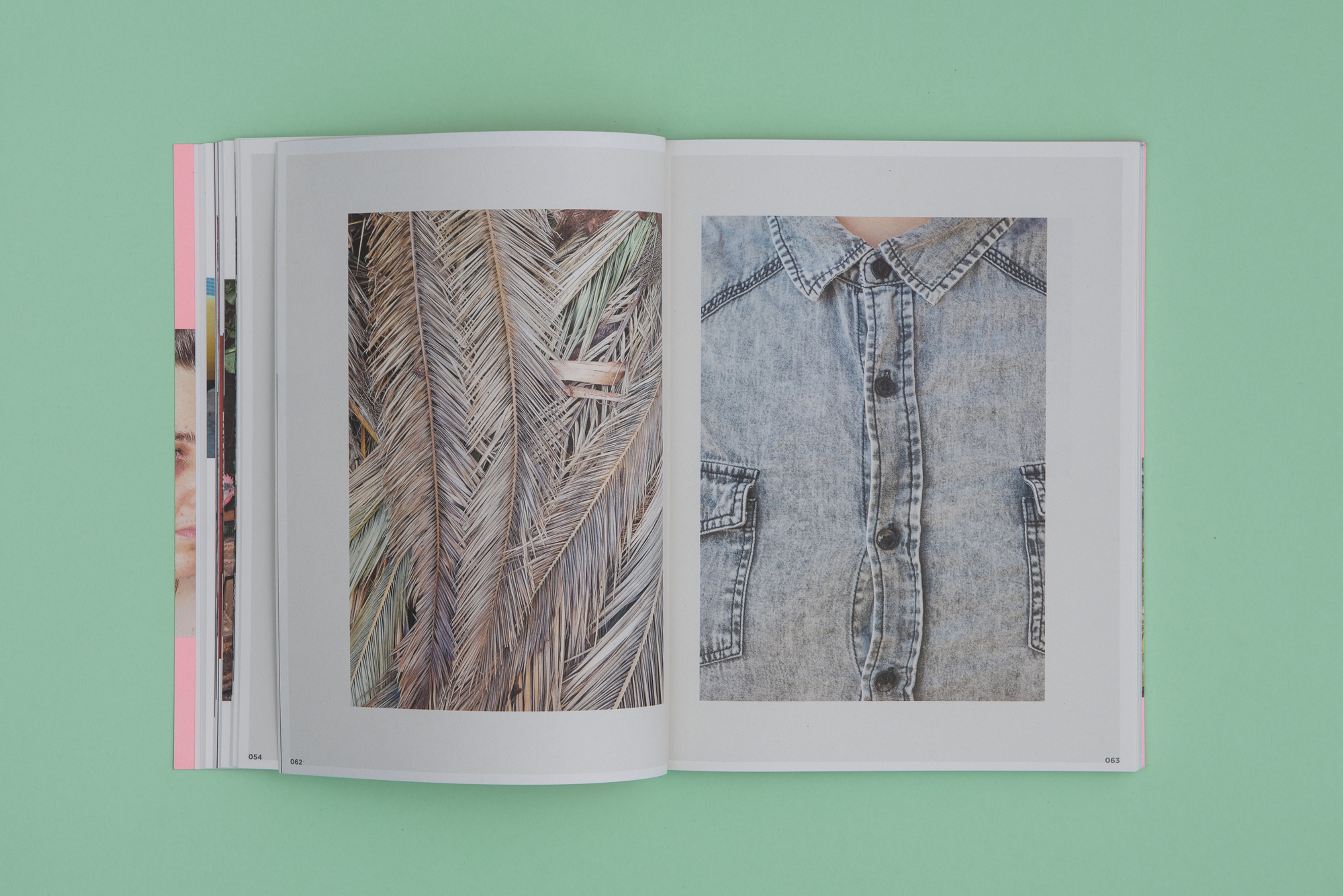
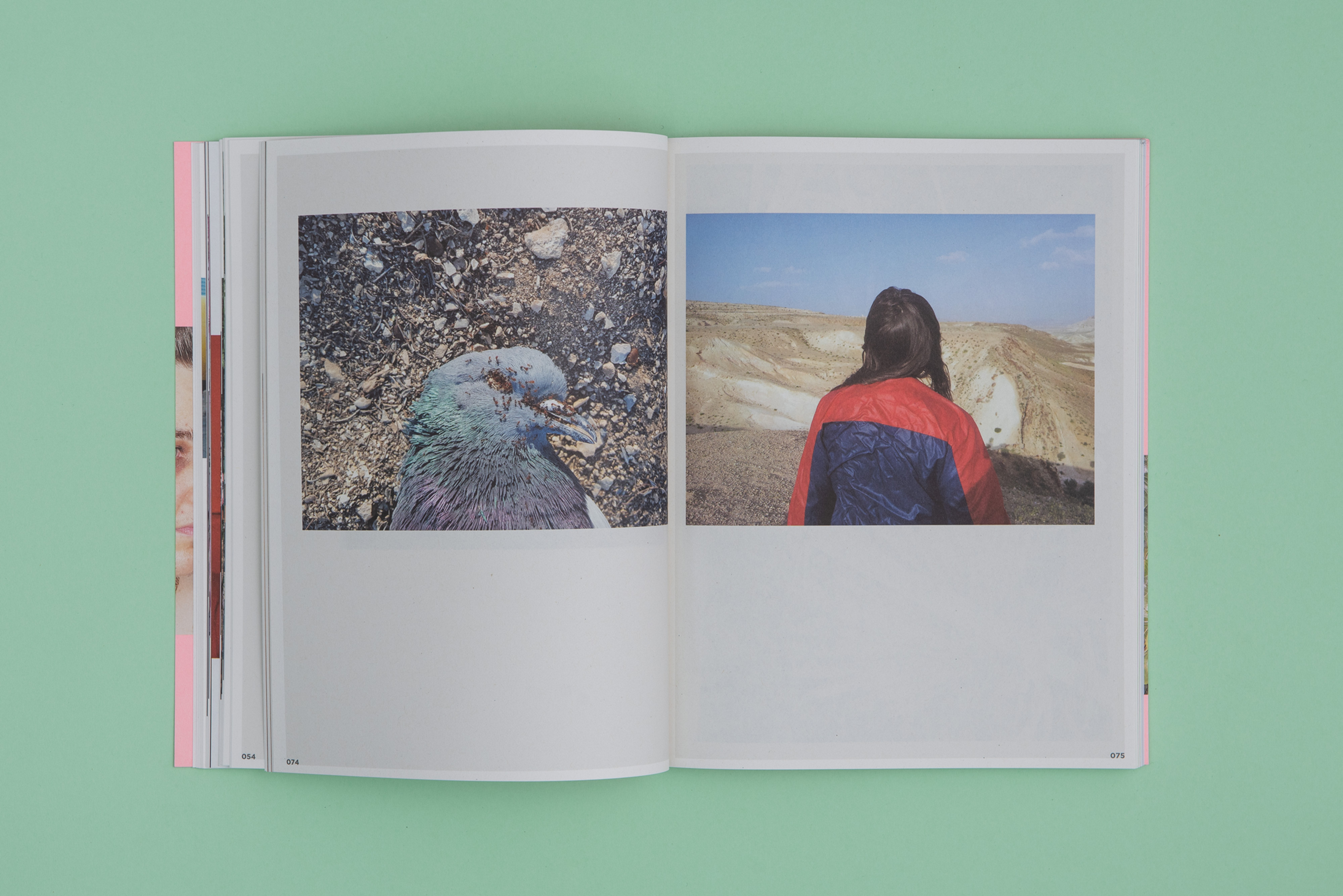
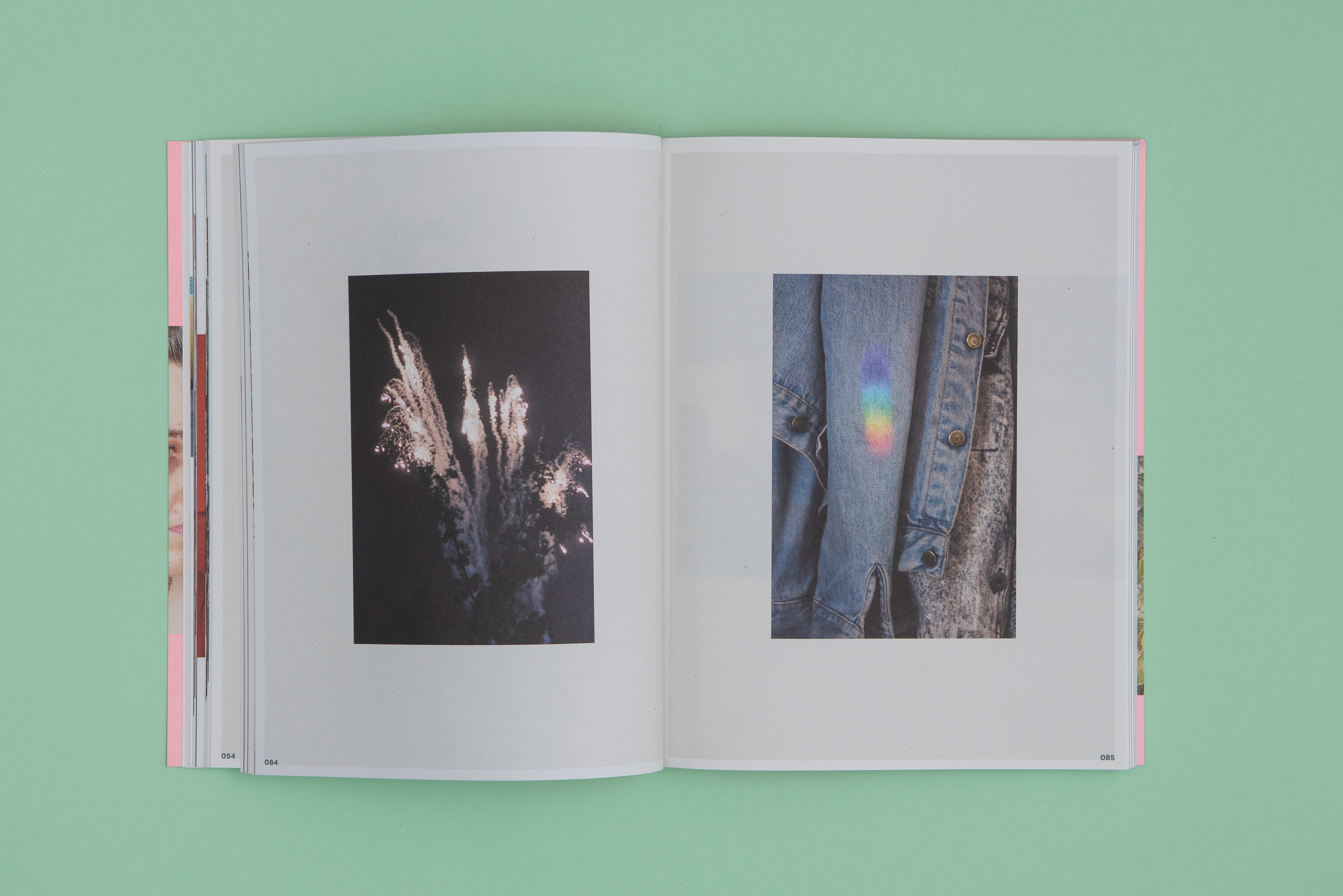

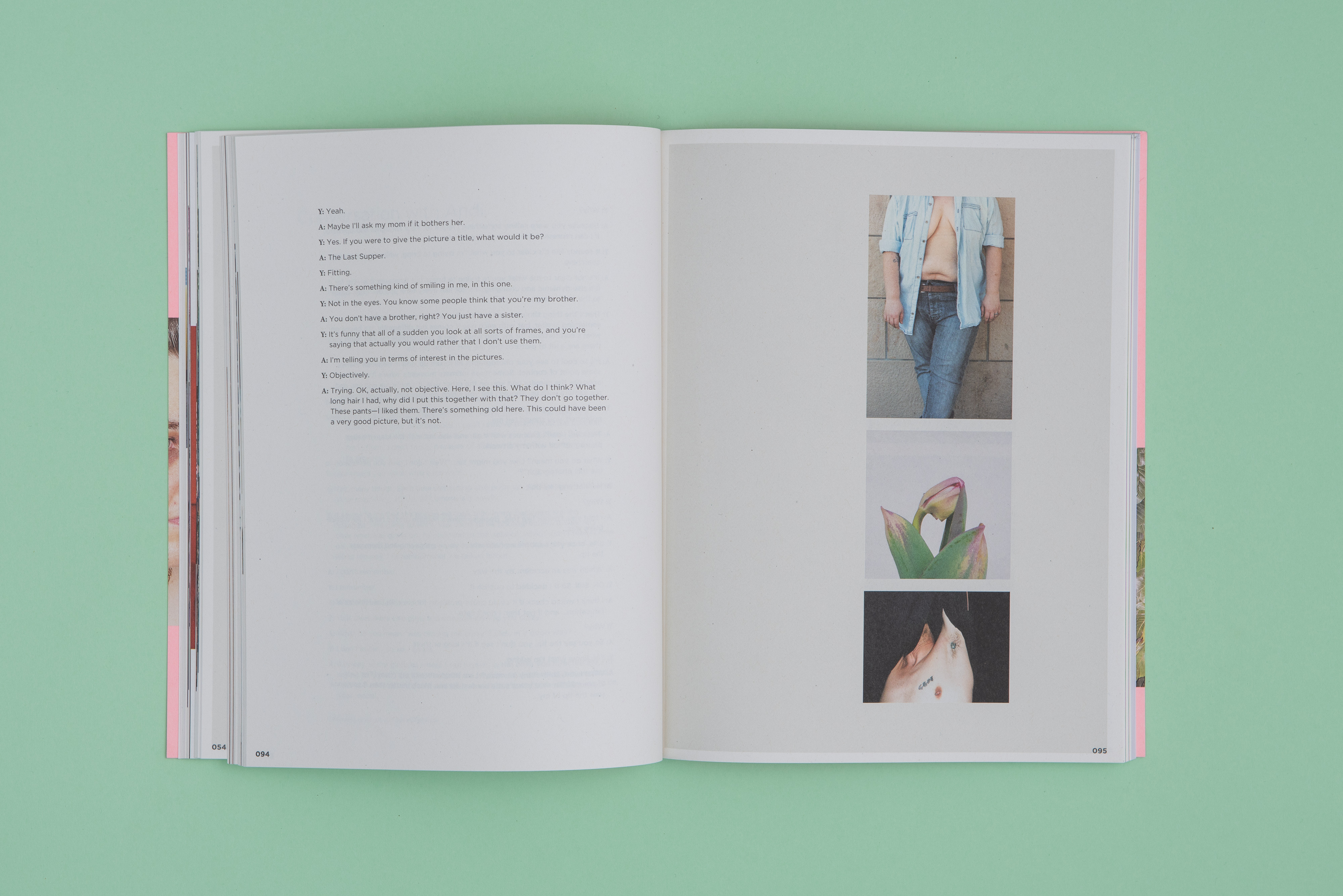

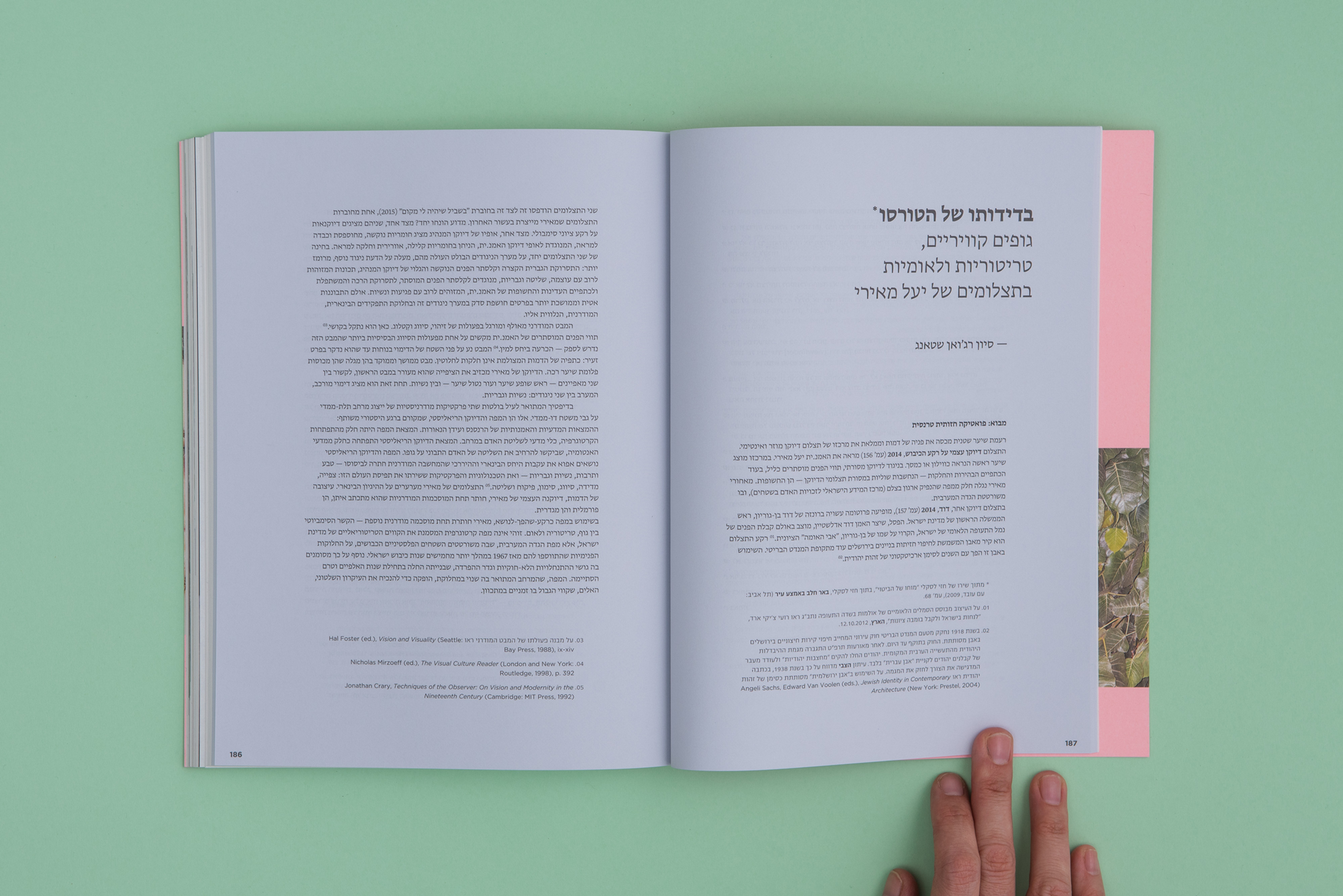

Doing Right By You, 2018
19x25 cm, 205 pages, soft cover, edition of 500, offset printing.
Words by Michal Meiry, Nitza Cohen Mohr, Andres Gurwicz and Shiraz Grinbaum
Photos by Yair Meyuhas for leafing.co.il

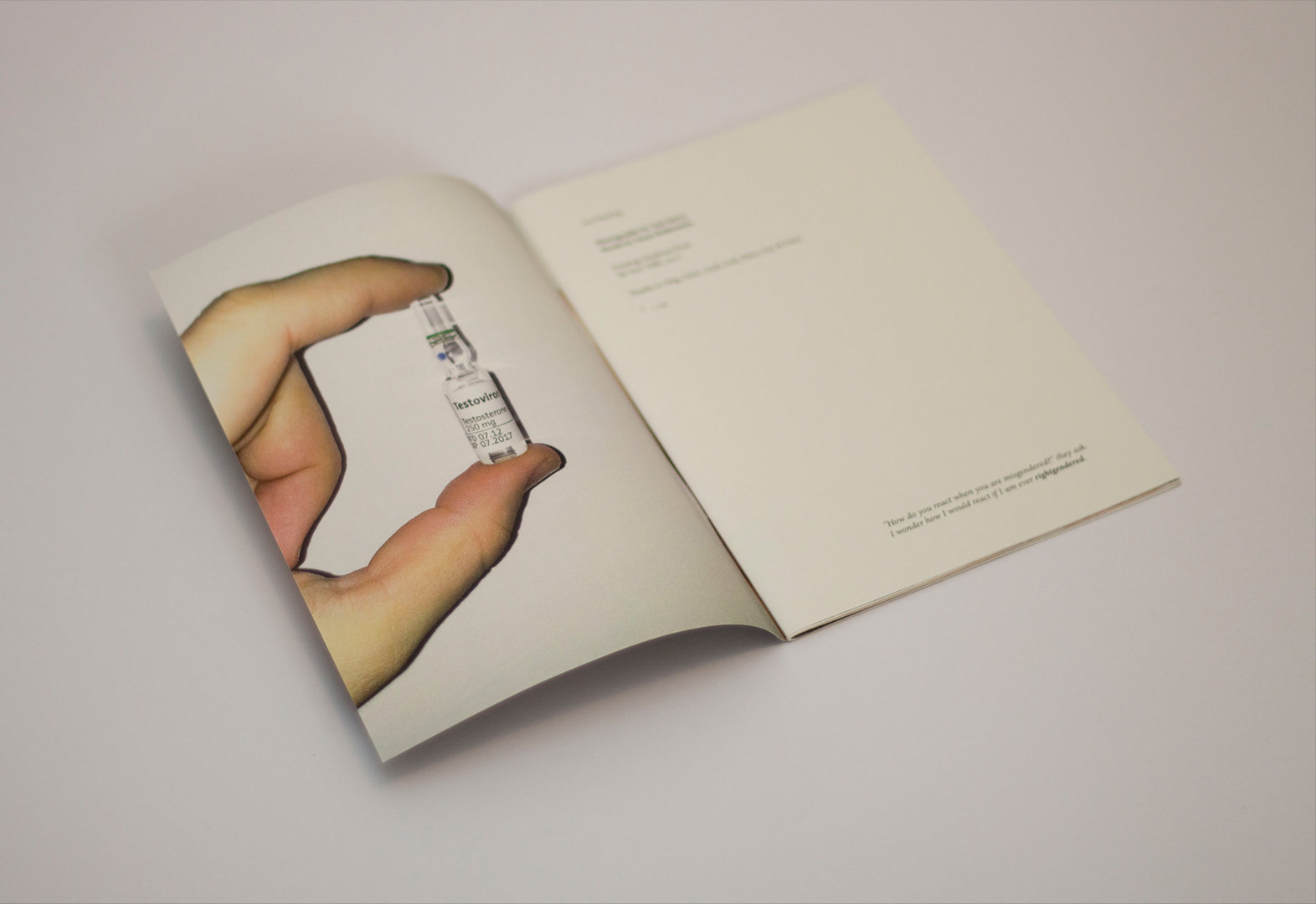
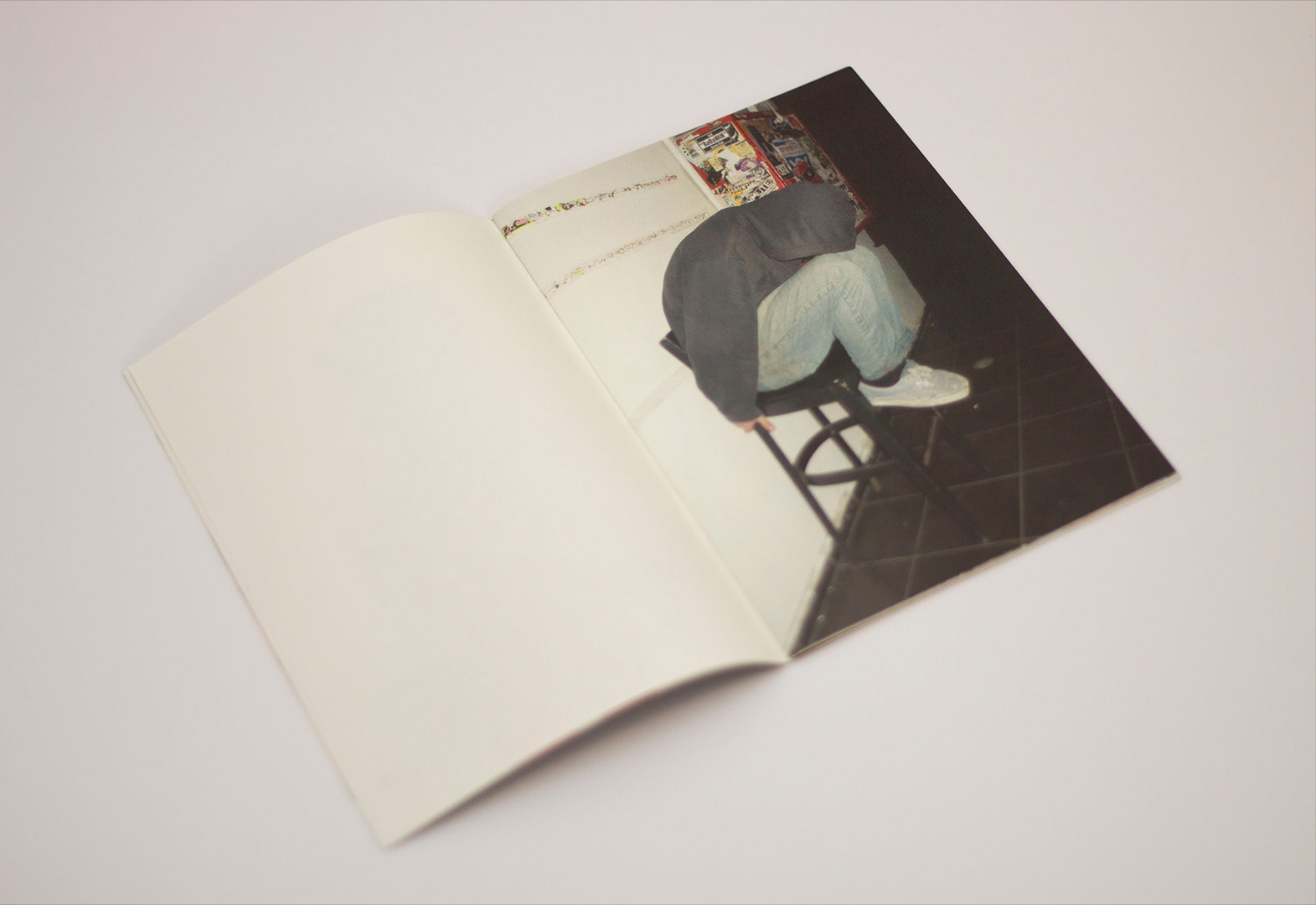
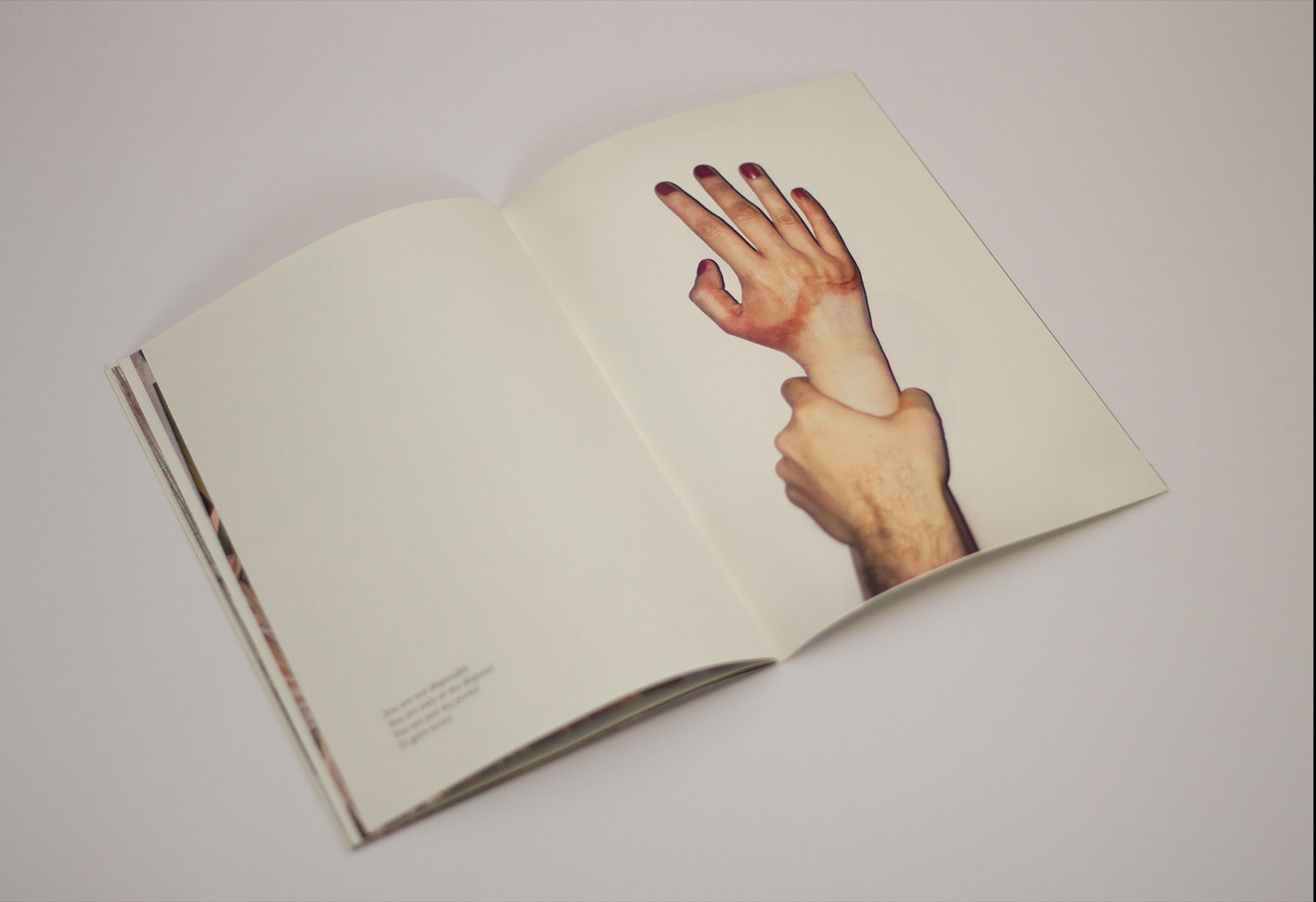

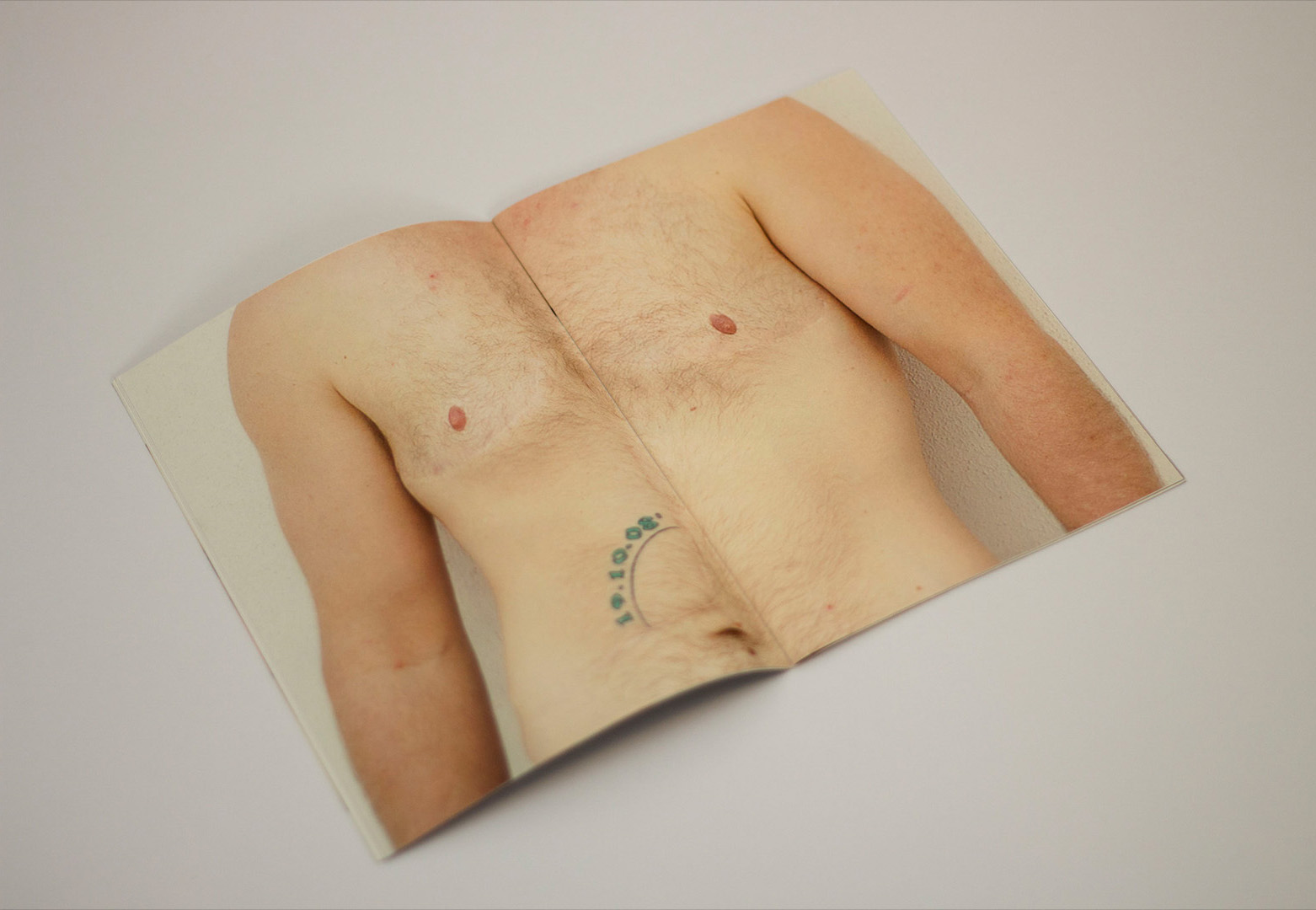

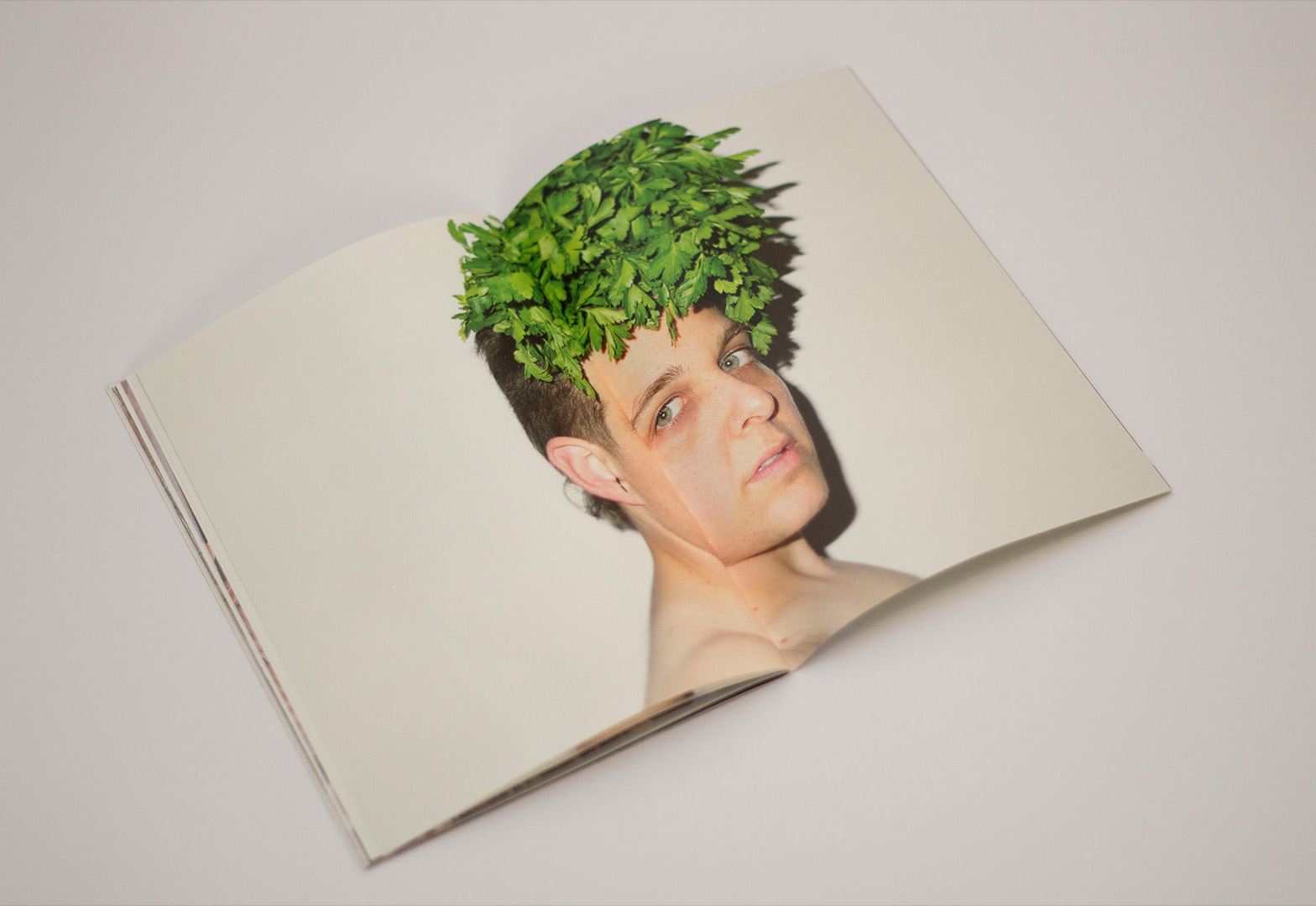
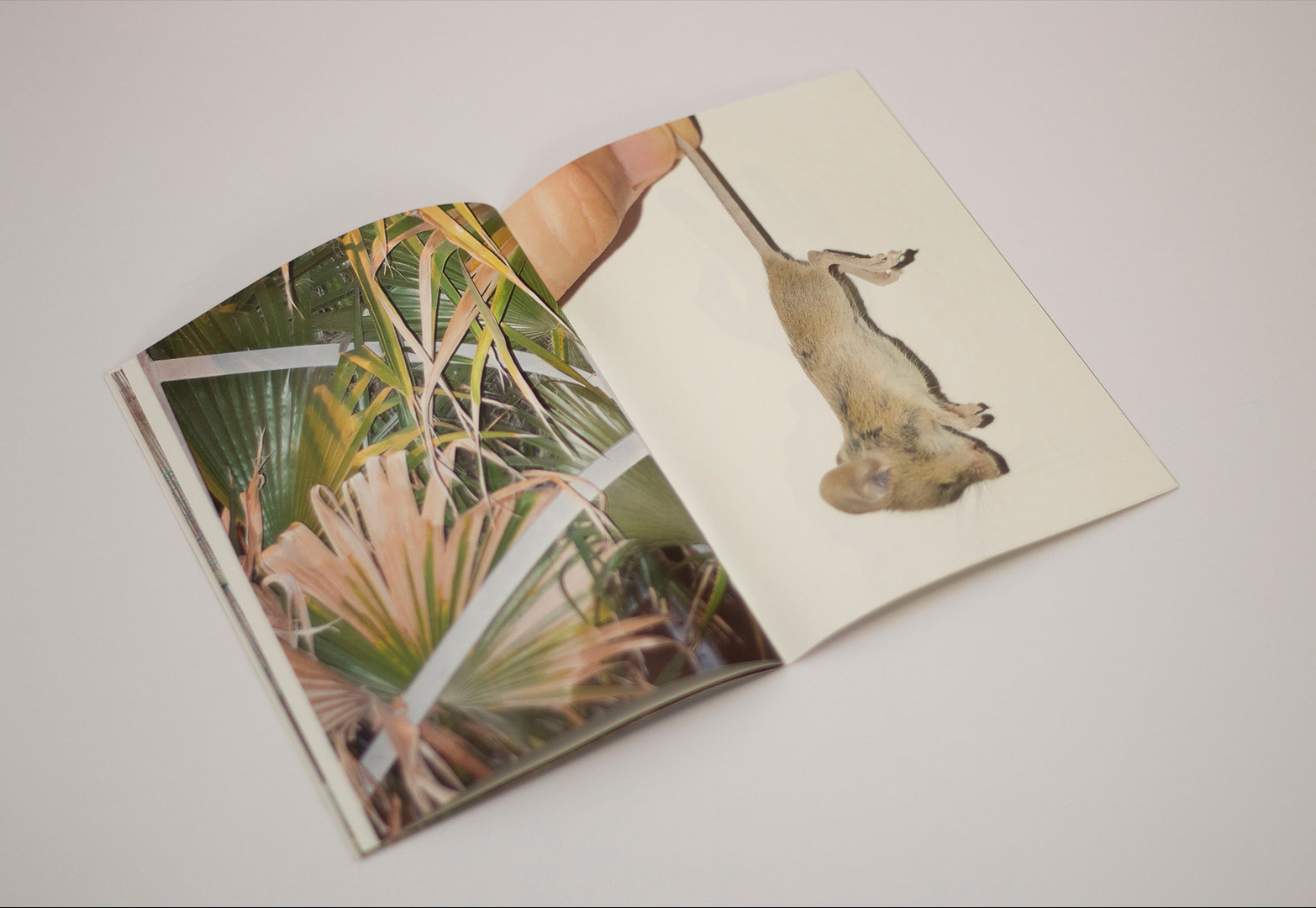
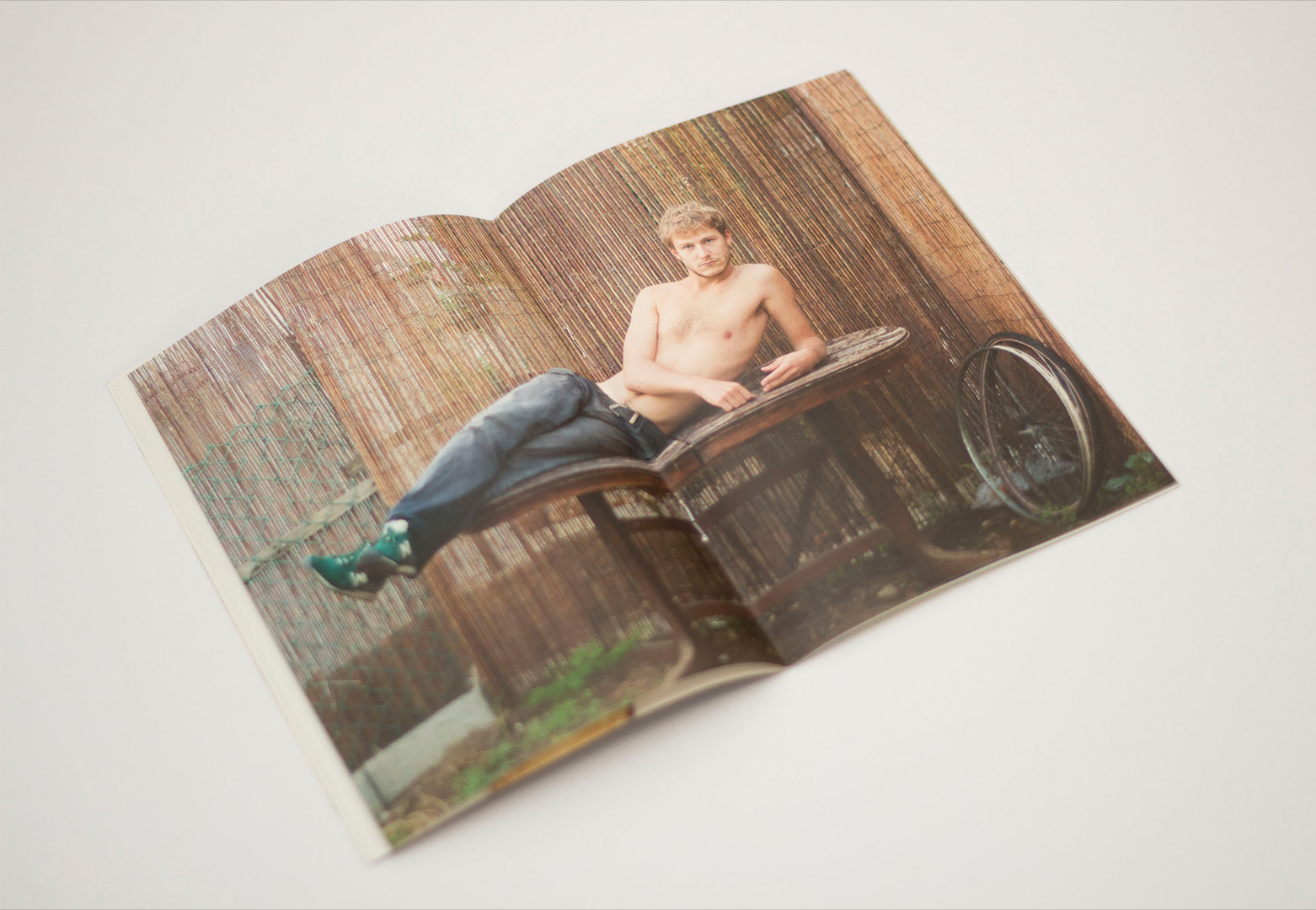
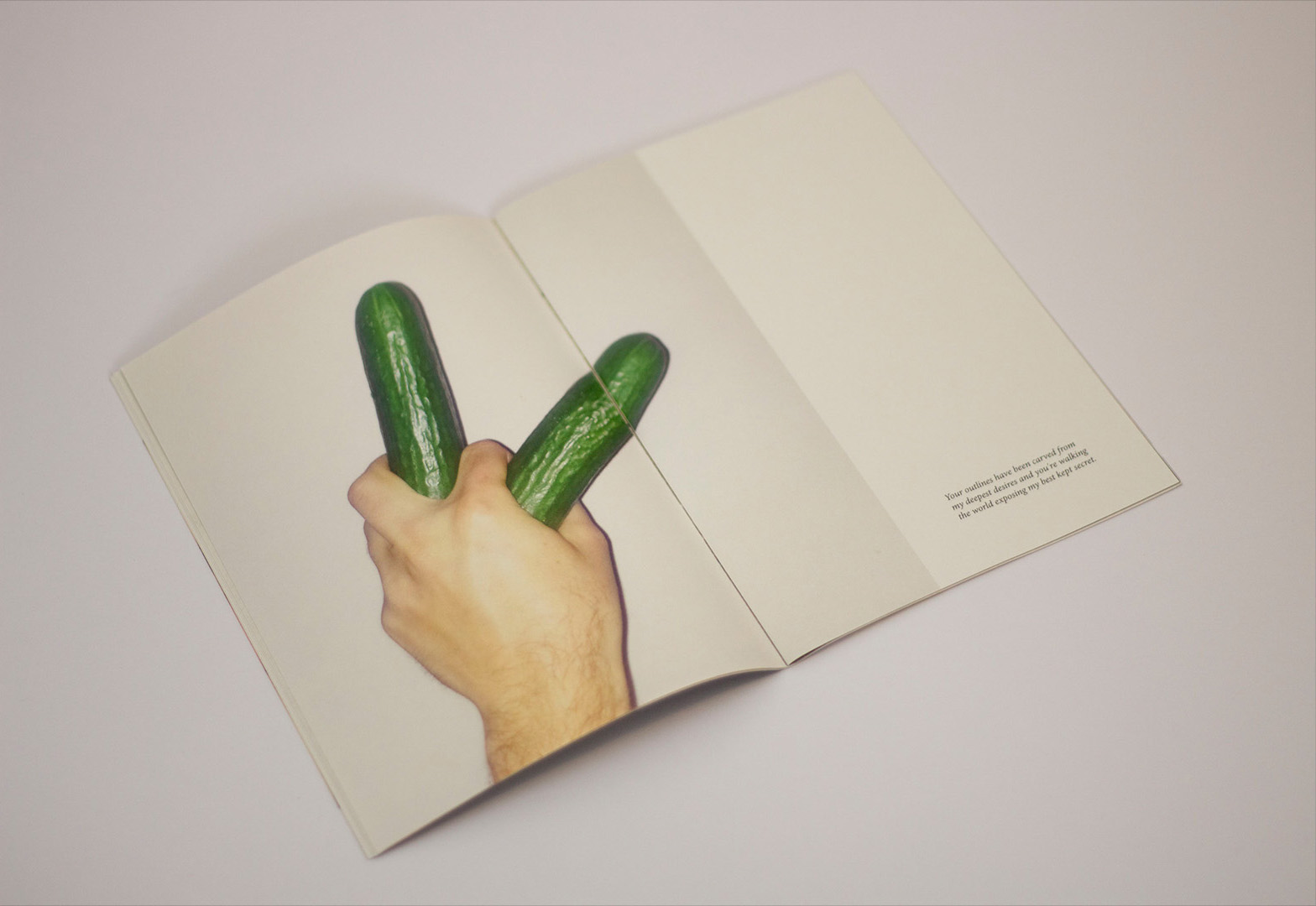
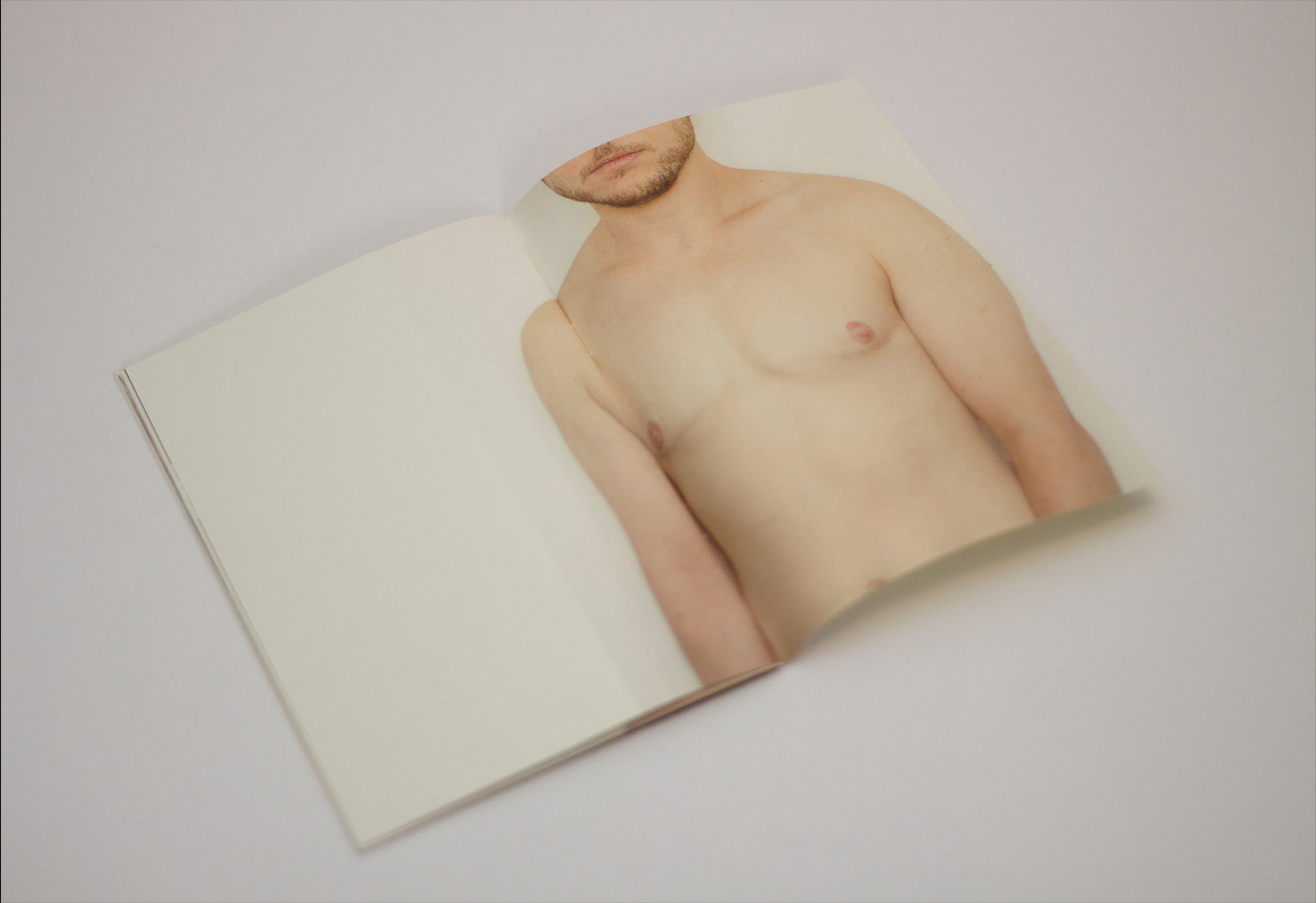
Rightgendered, 2017
A5, edition of 100, 32 pages, soft cover, words by Tanya Rubinshtain

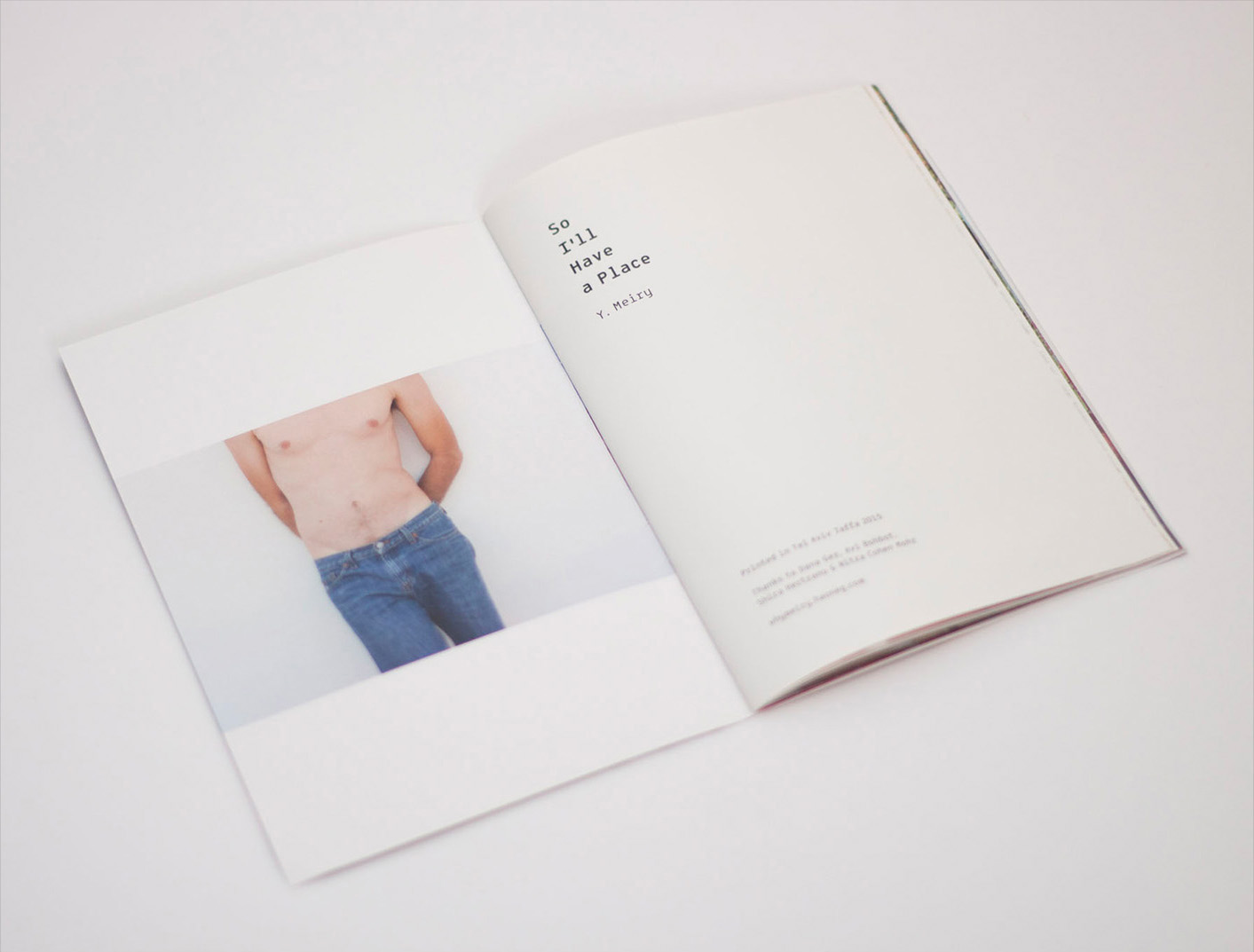
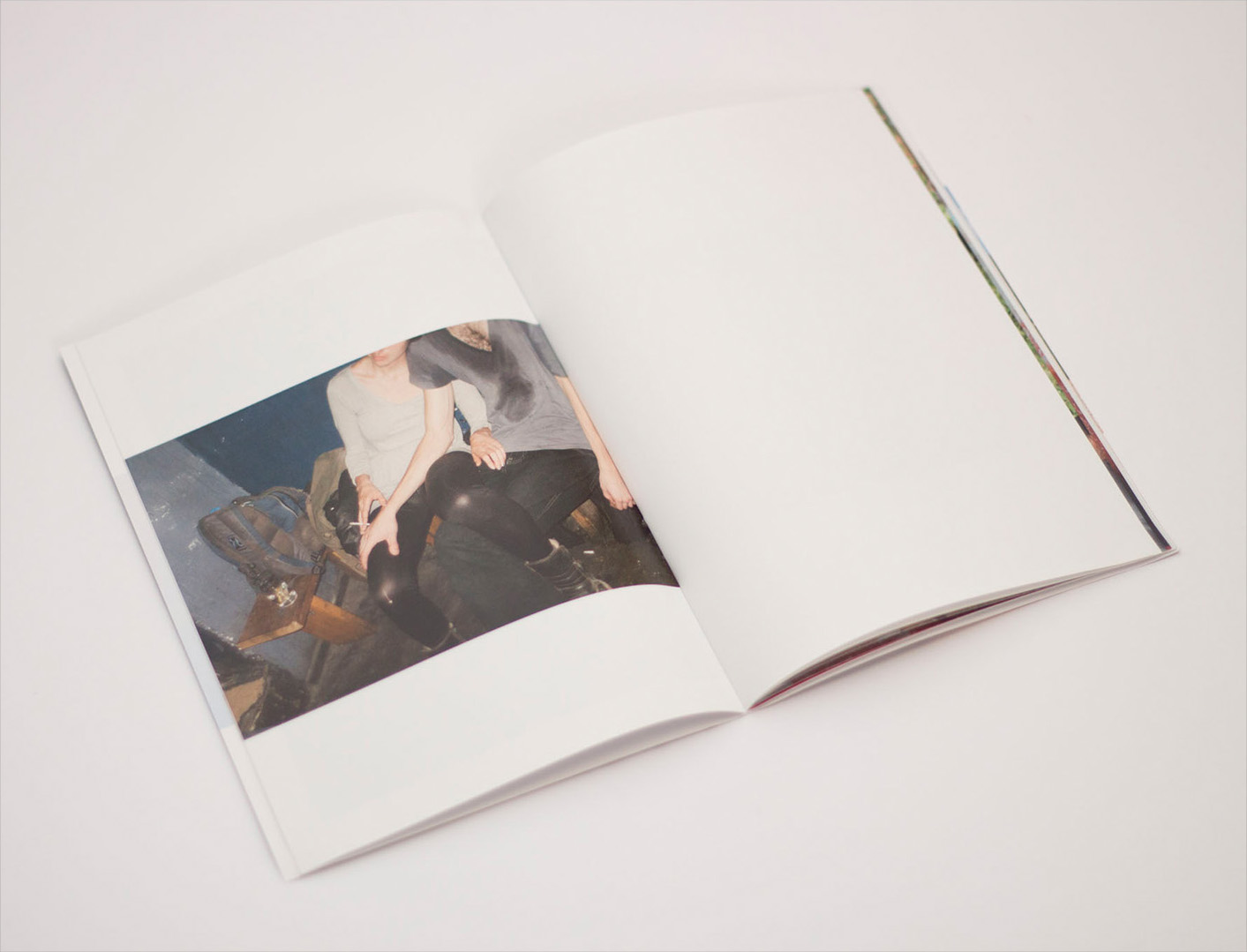


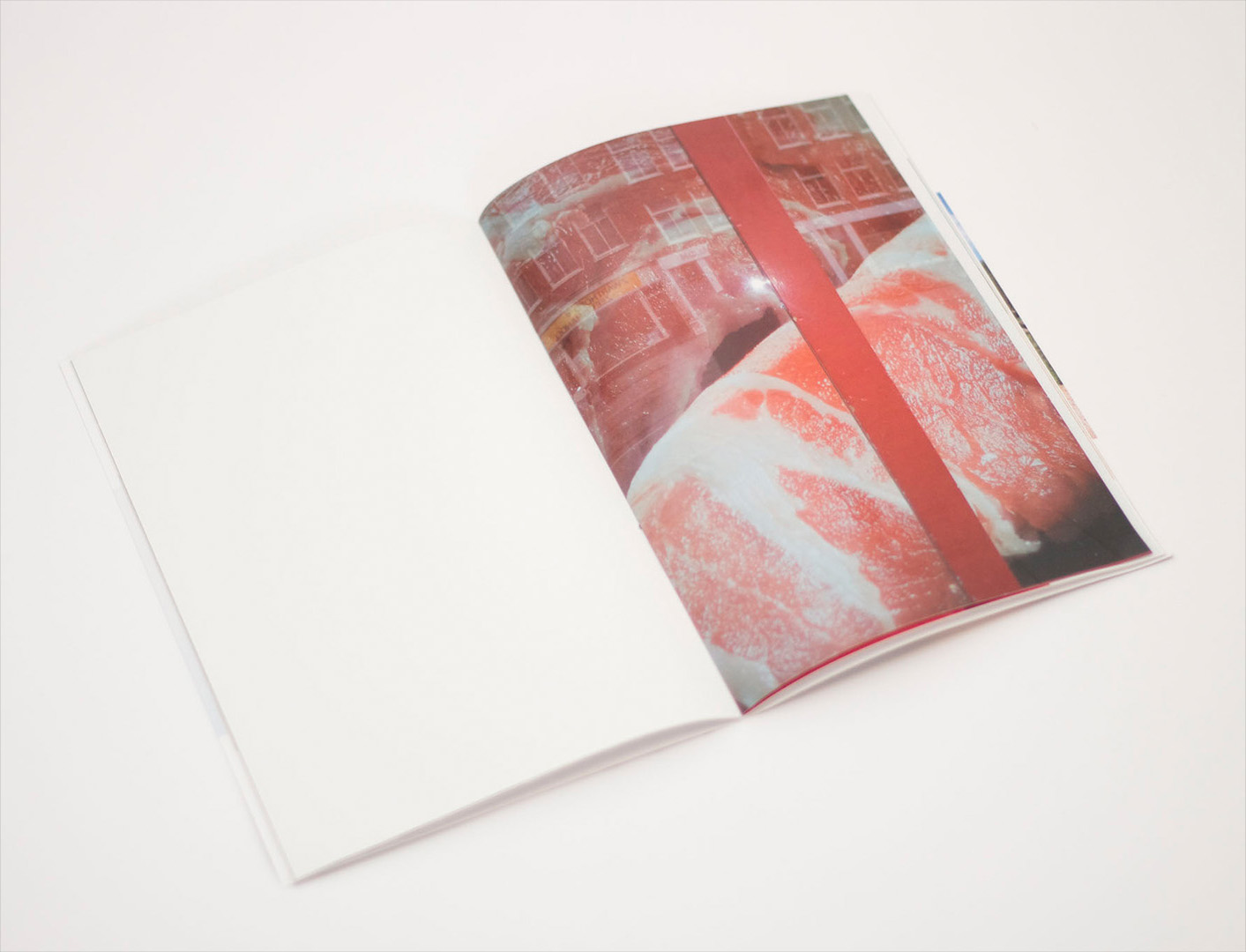

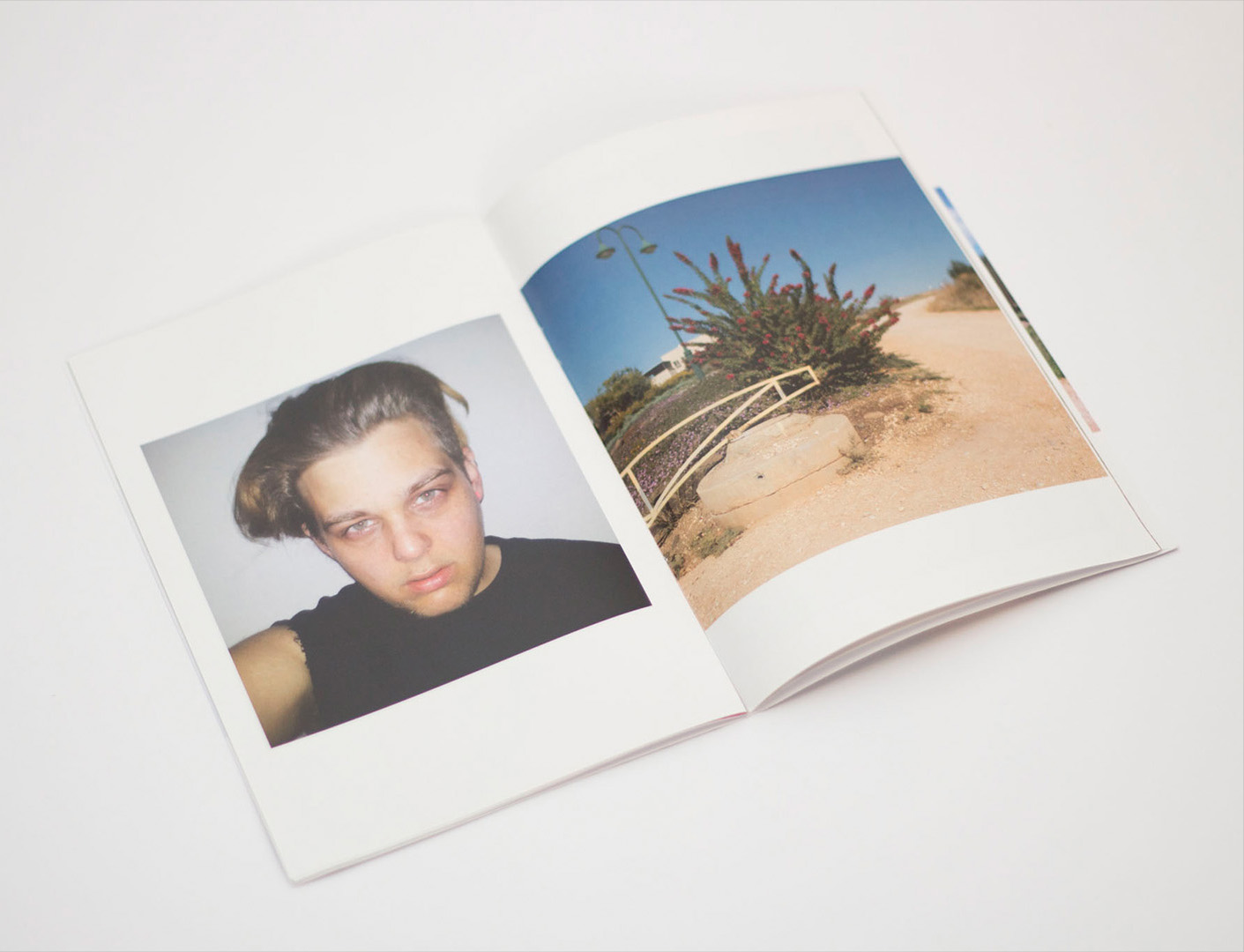
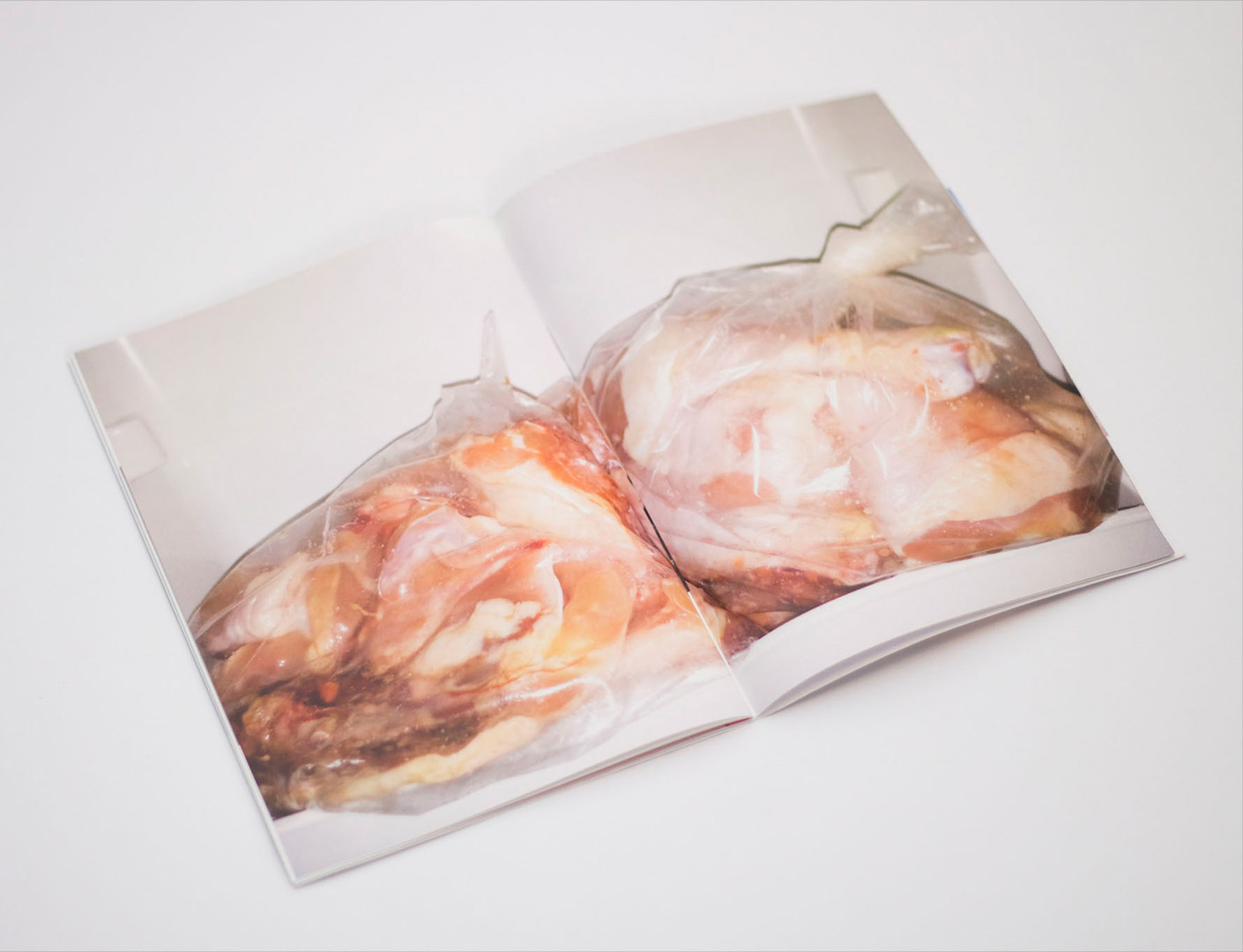

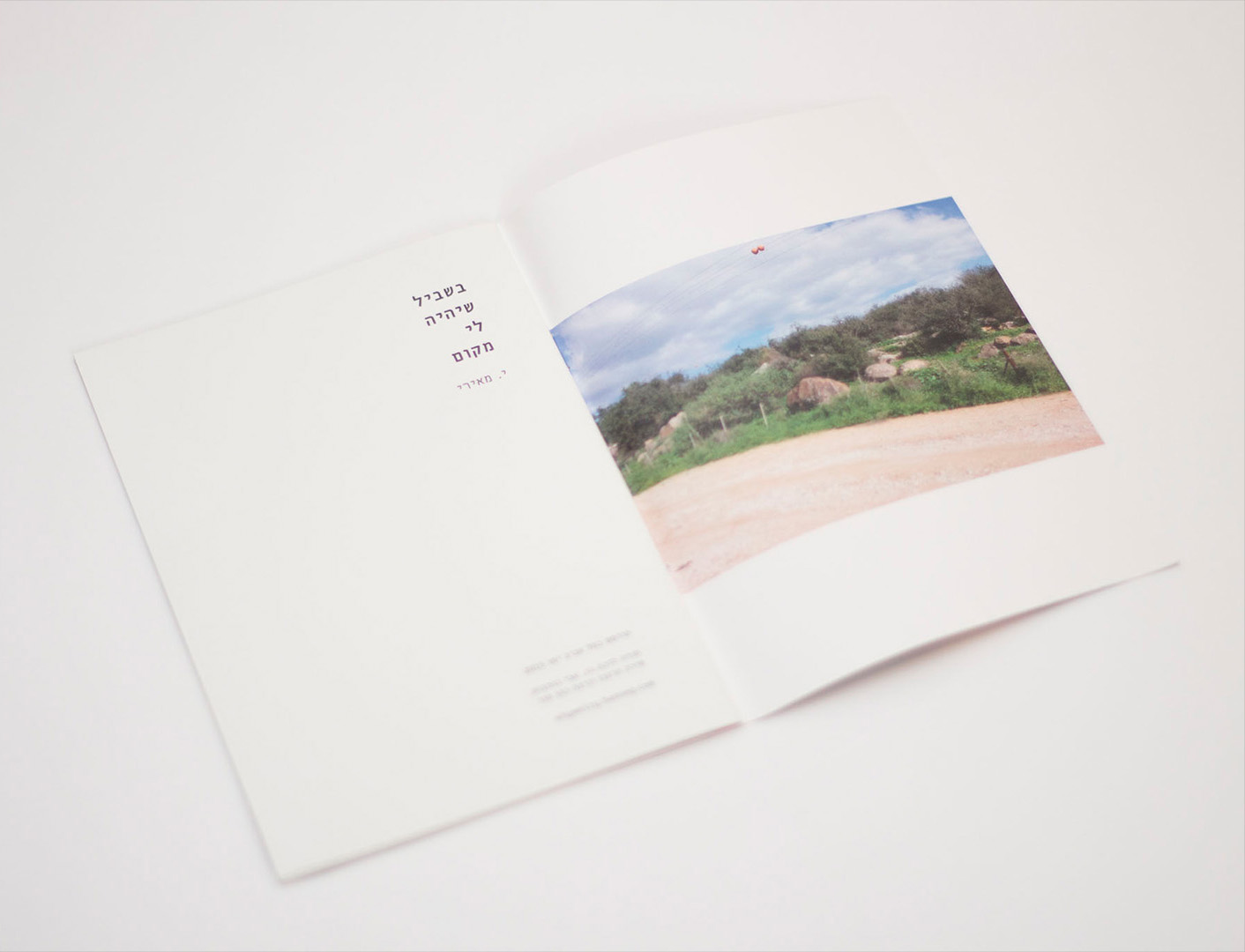
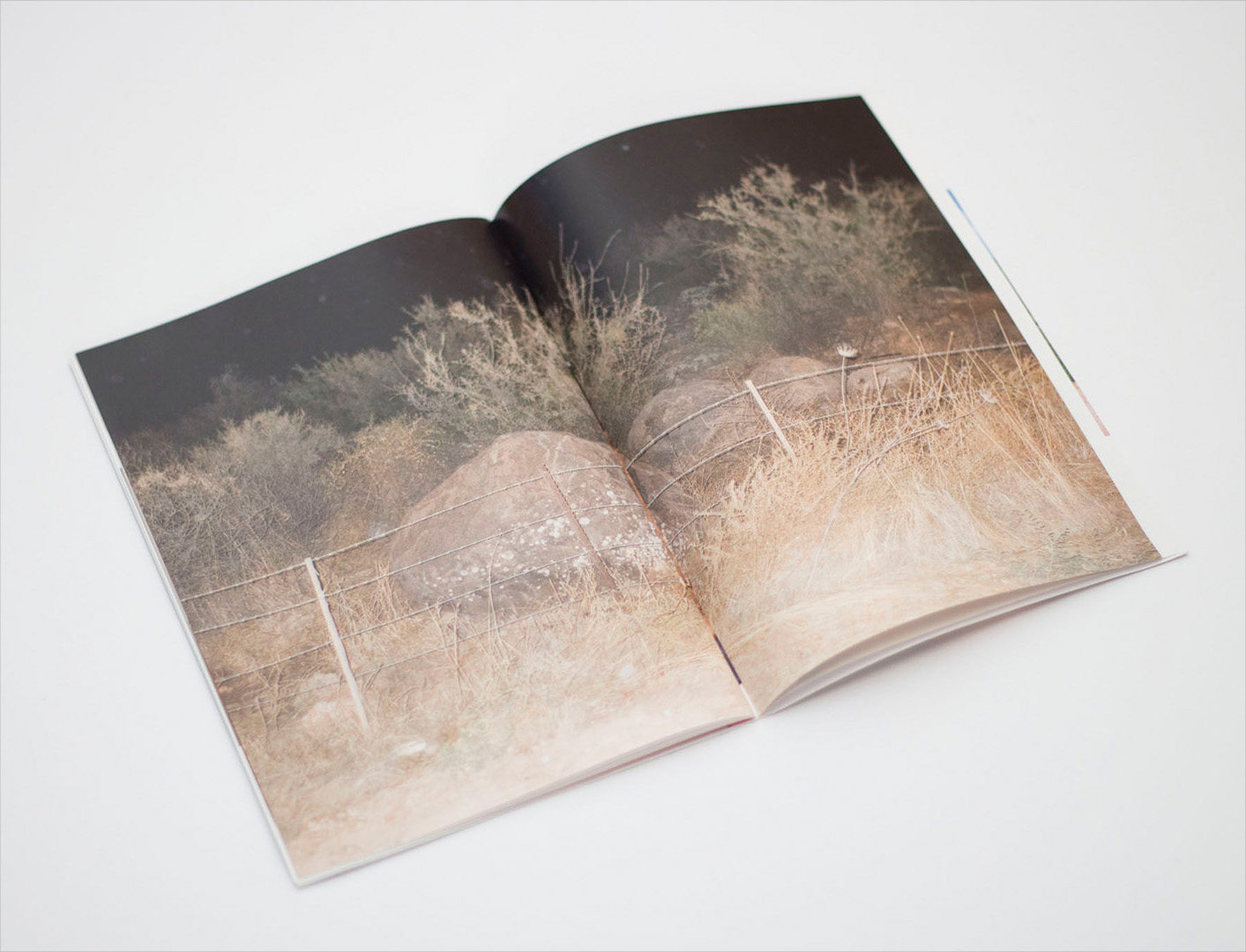
So I’ll Have a Place, 2015,
A5, edition of 75, 32 pages, soft cover
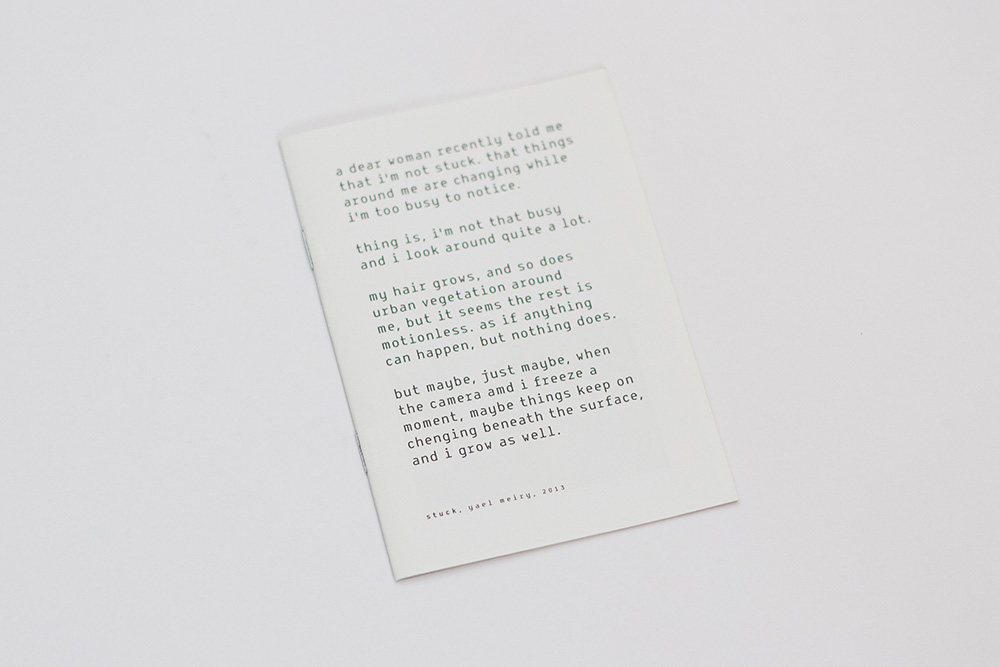

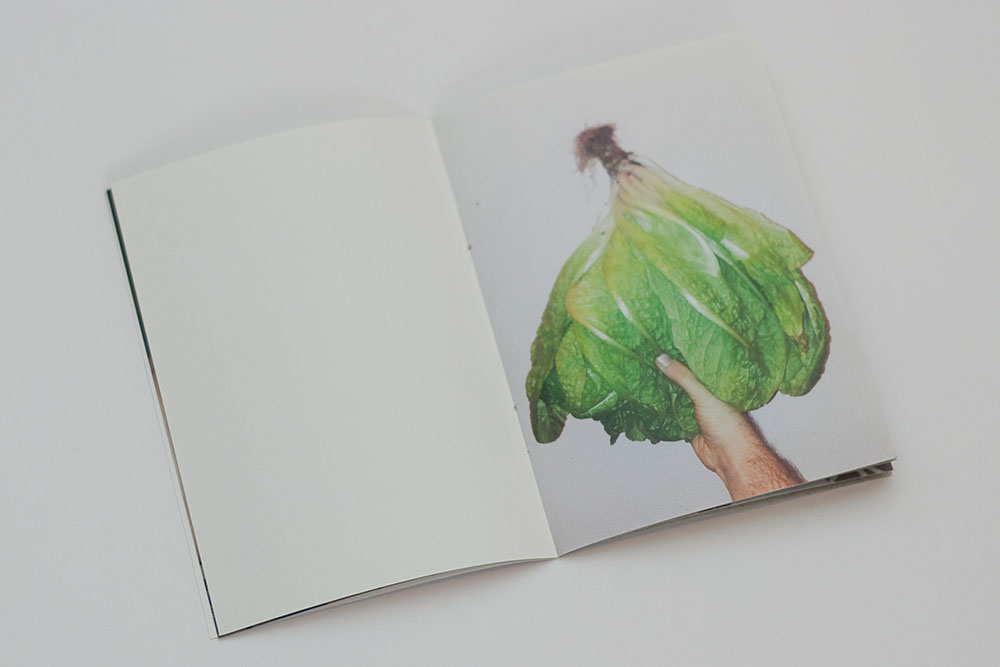
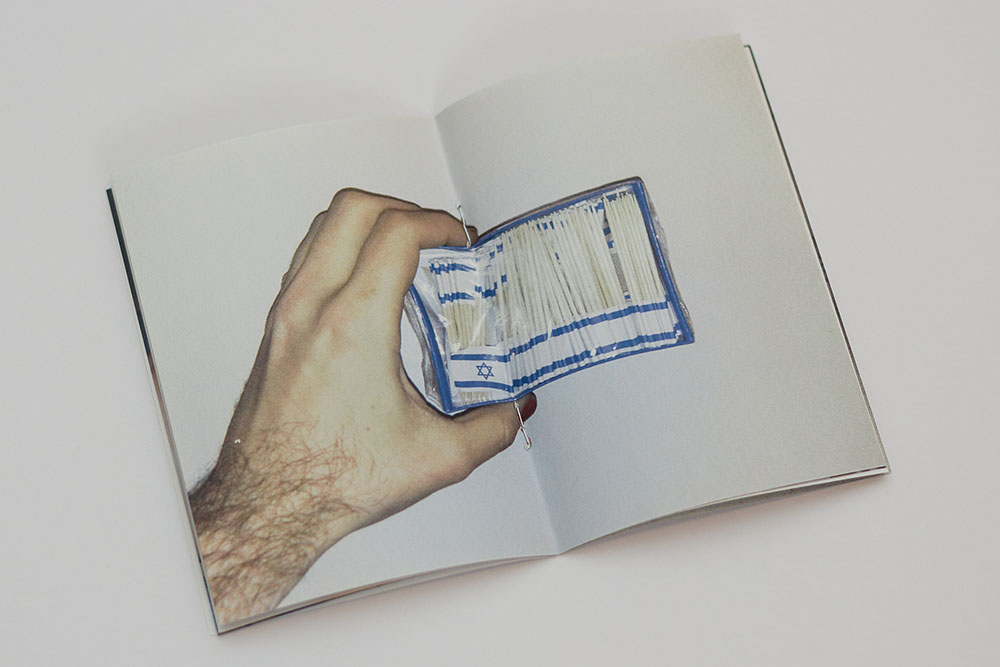
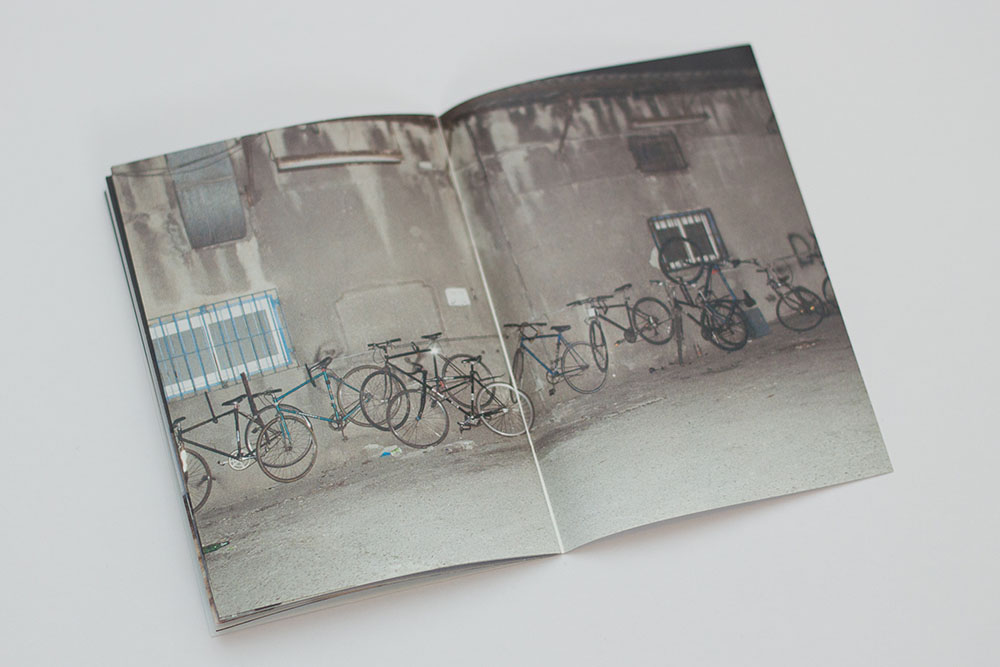
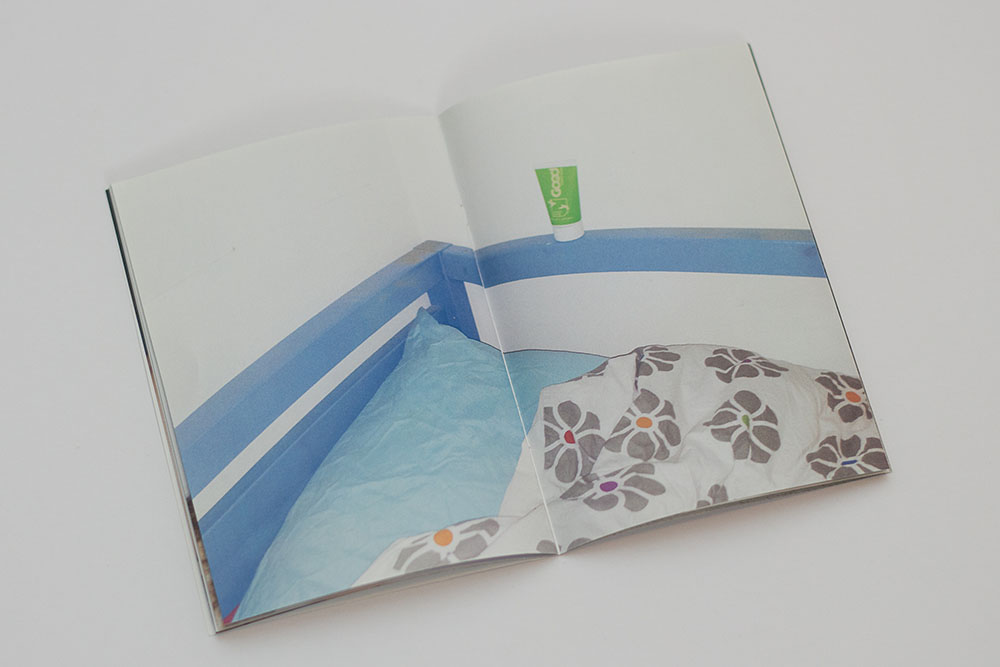
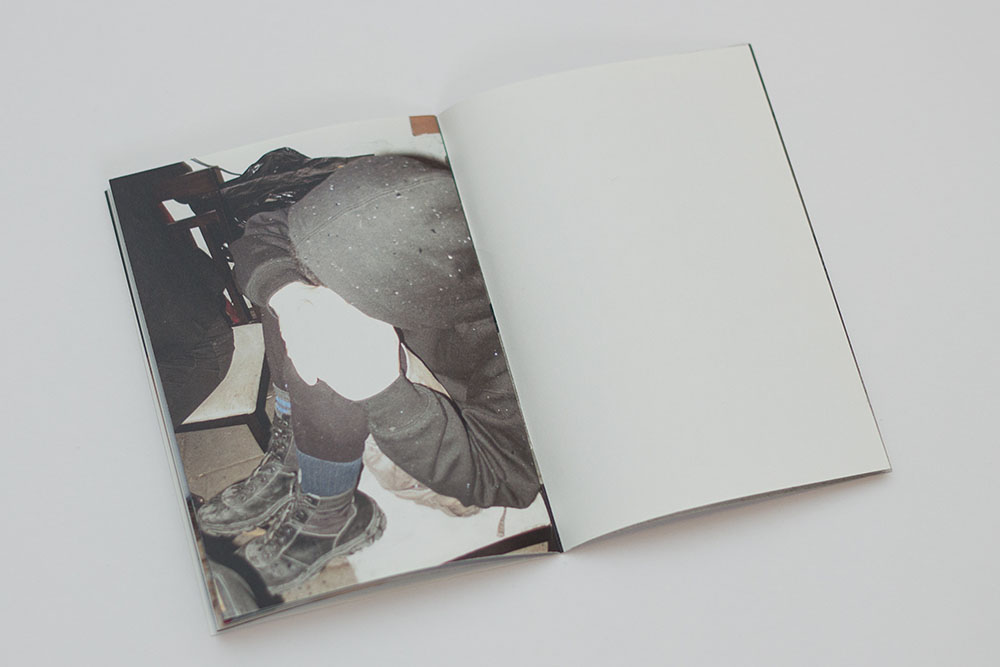
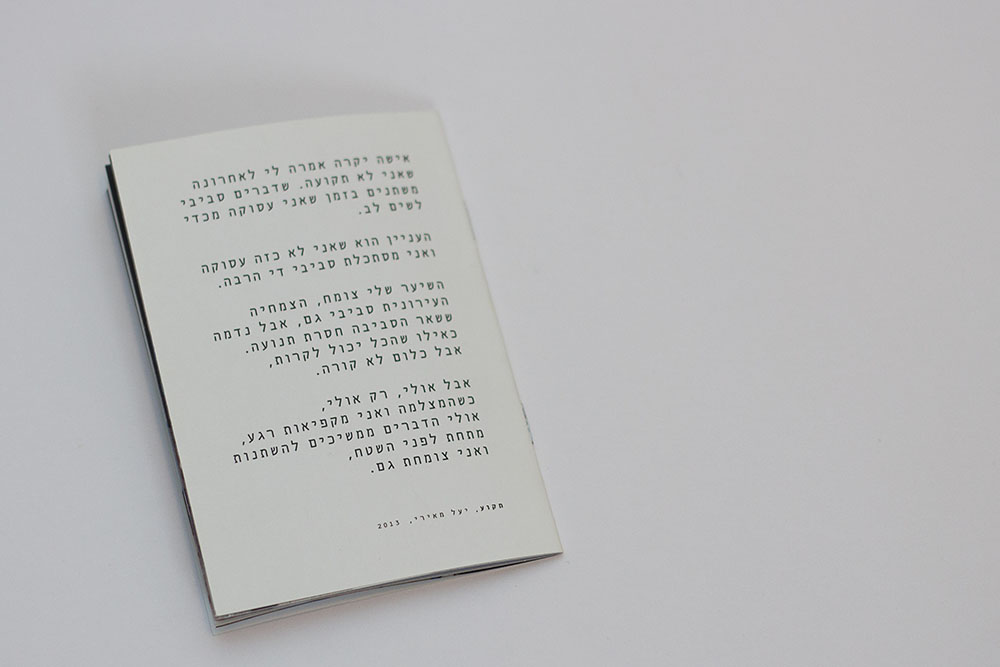
Stuck, 2013
A6, edition of 75, 16 Pages, Soft Cover, my own words
if you’ll find yourself in this zine you’ll get one free, 2012
A5, first edition 75 (sold out), second edition 100, 32 pages, soft cover
© Yael Meiry 2025